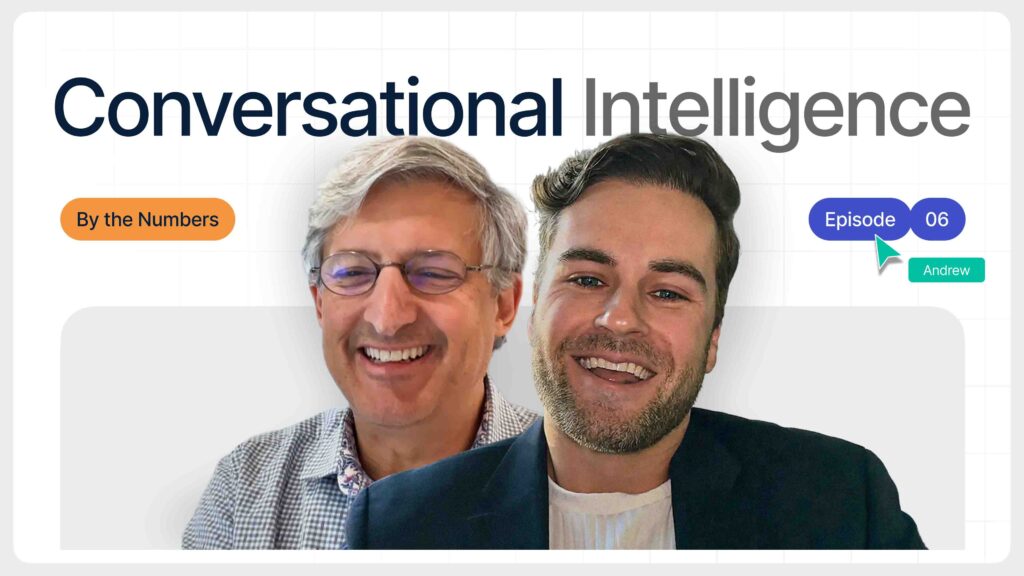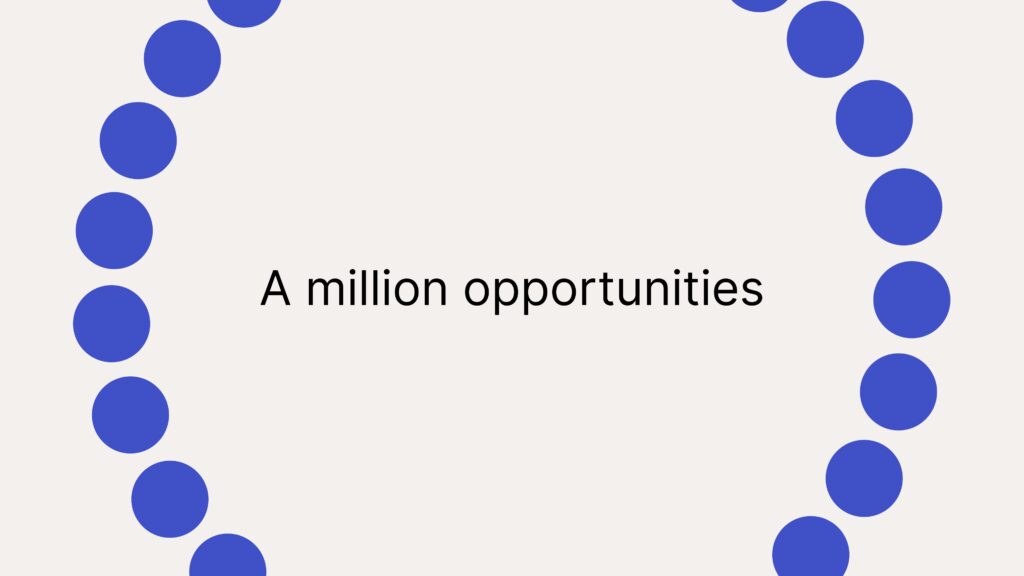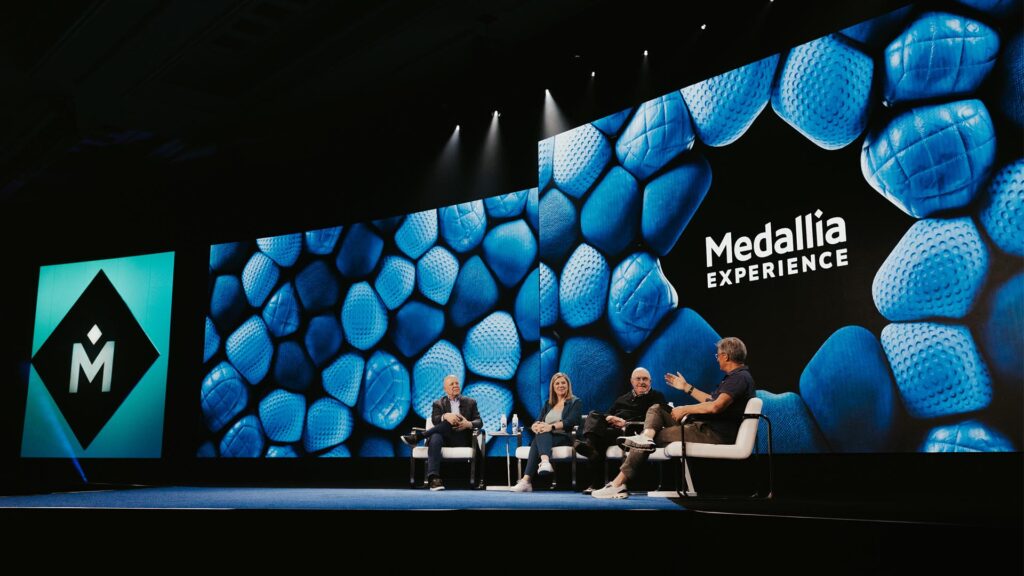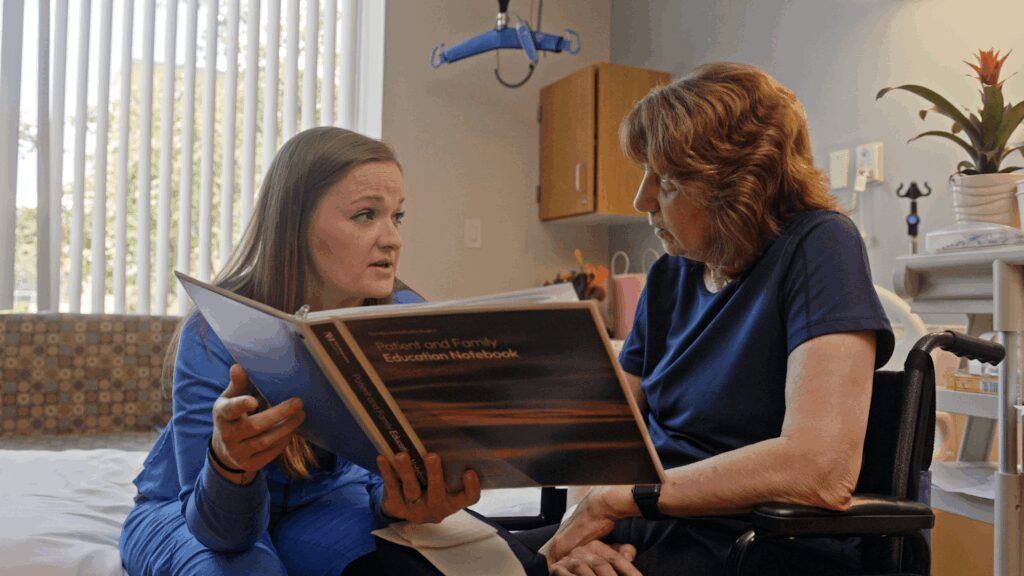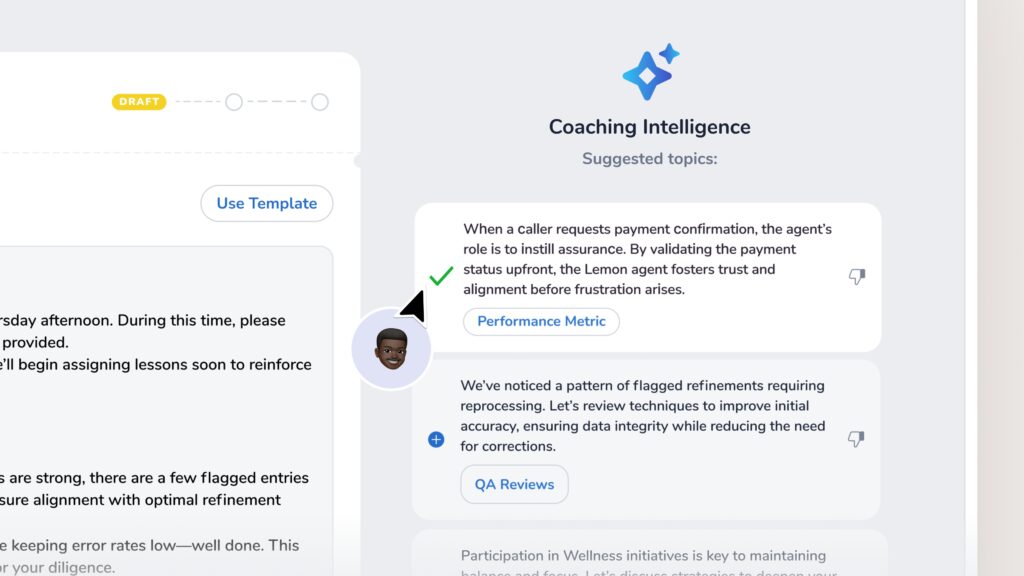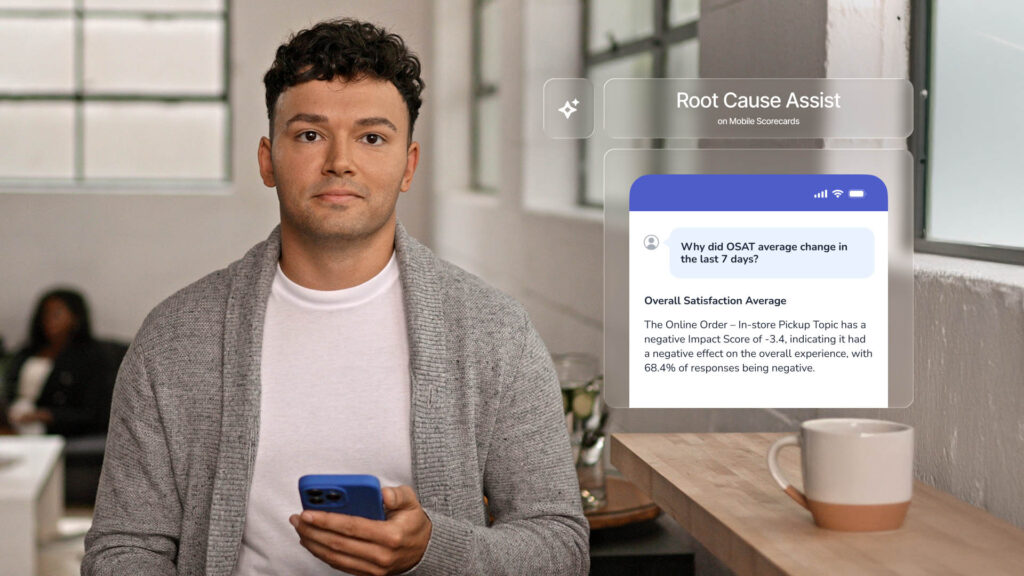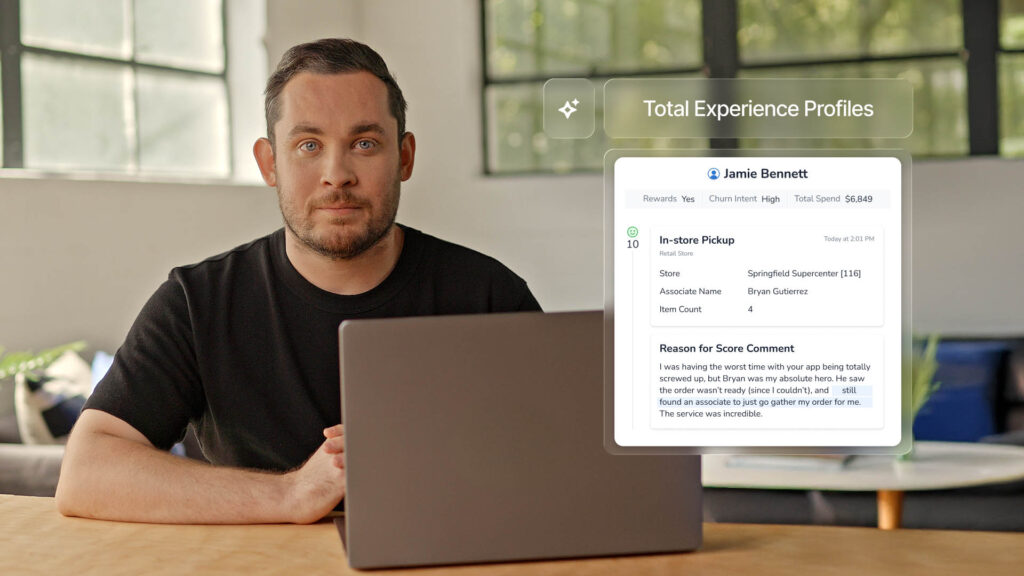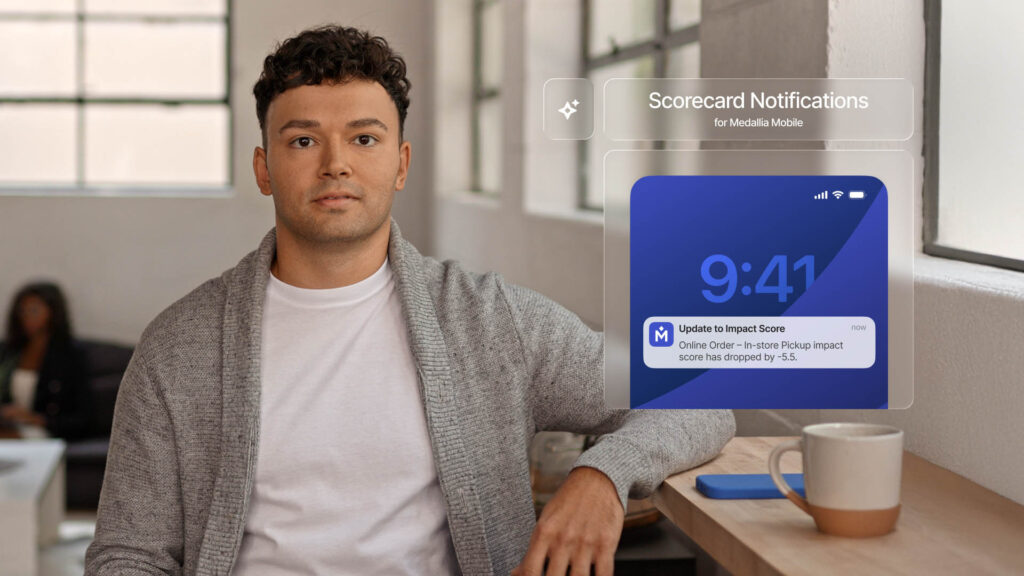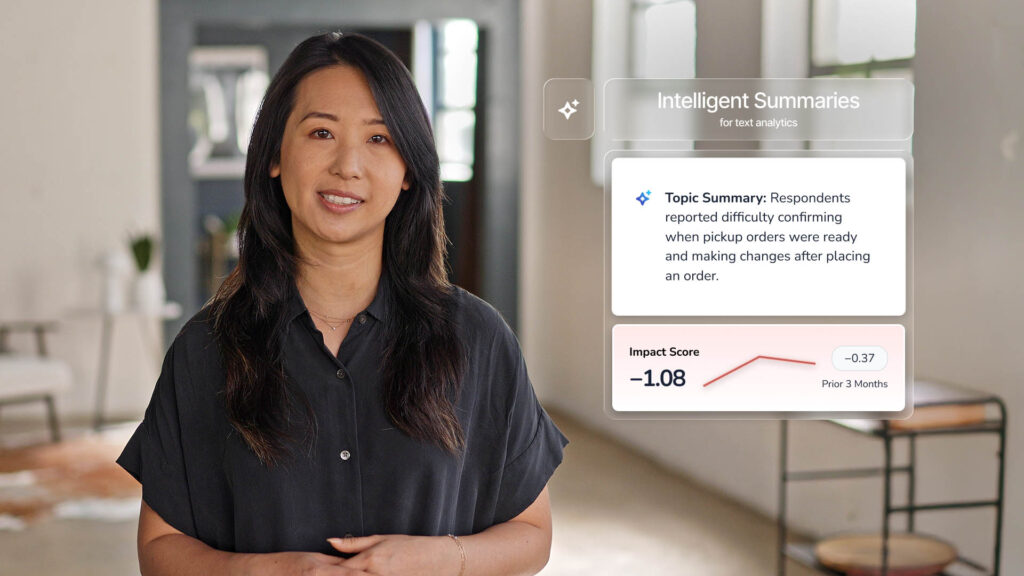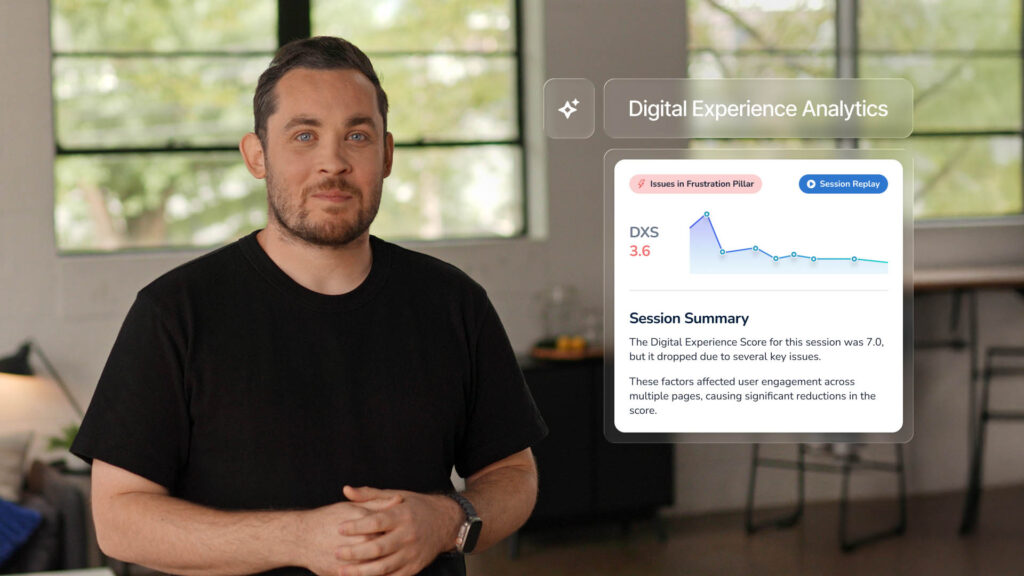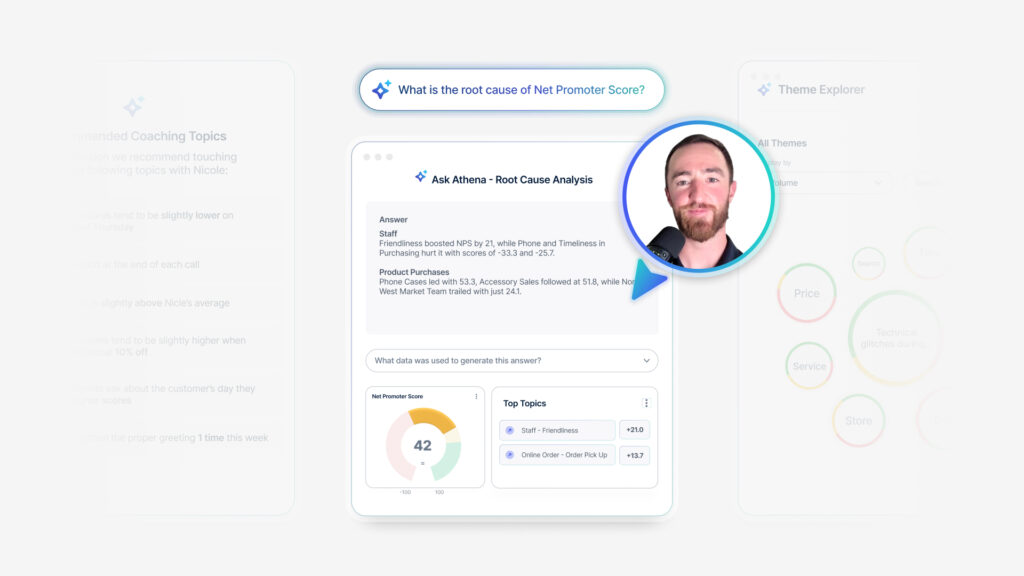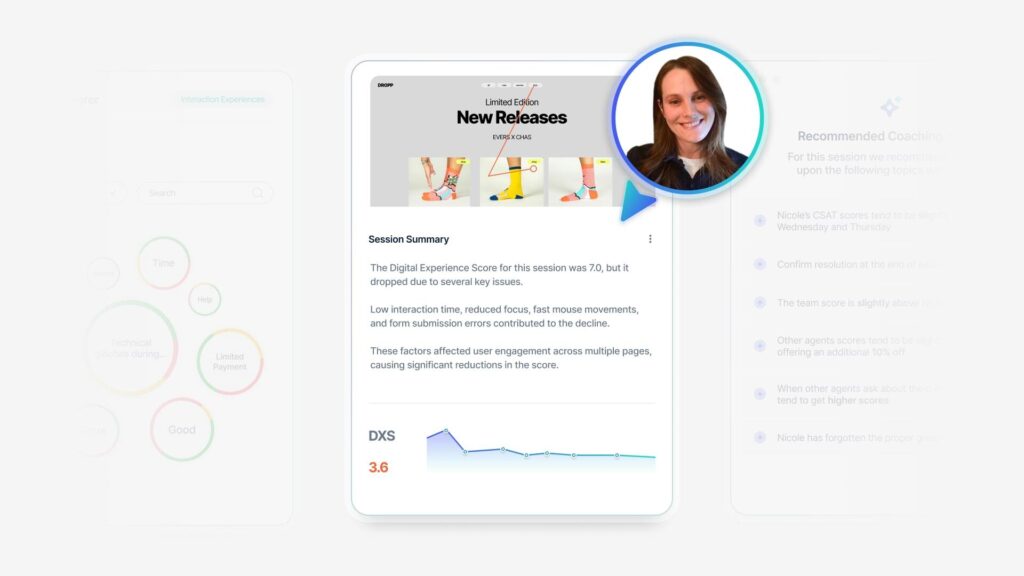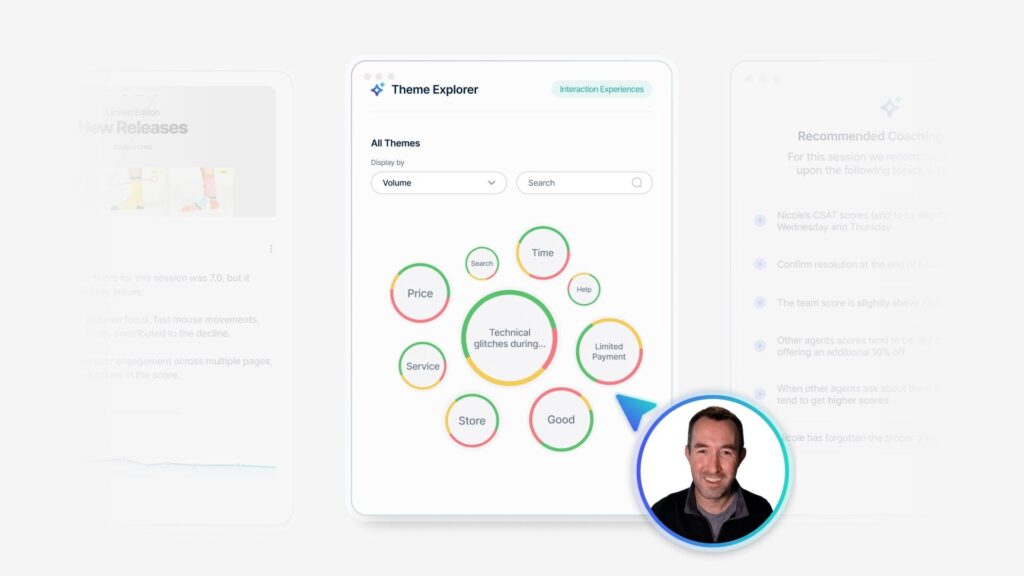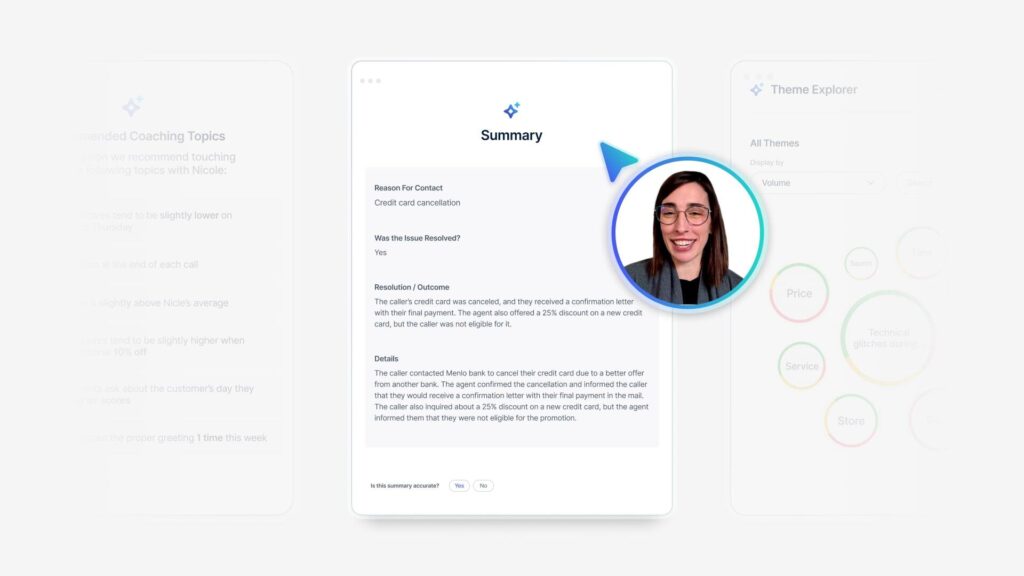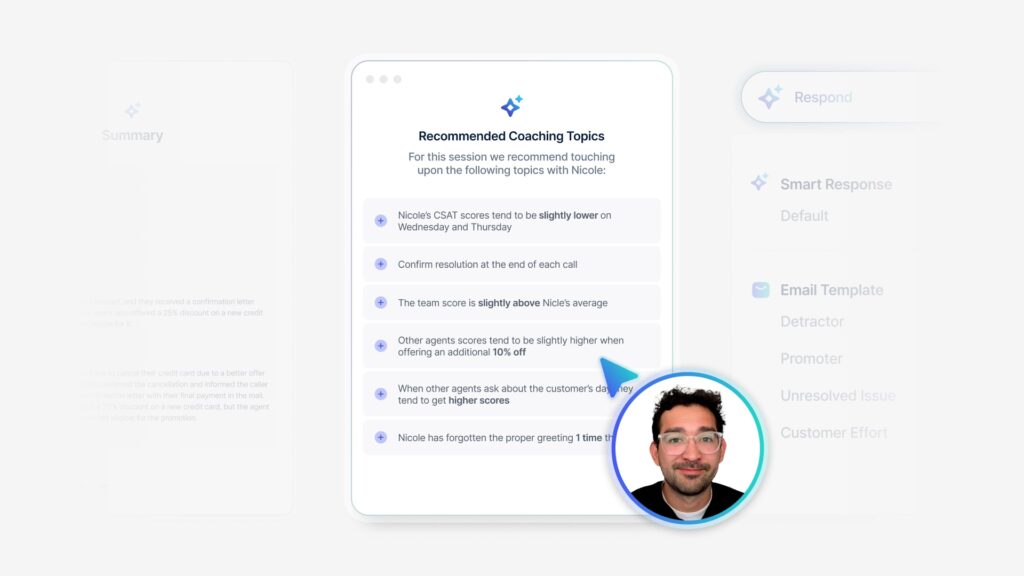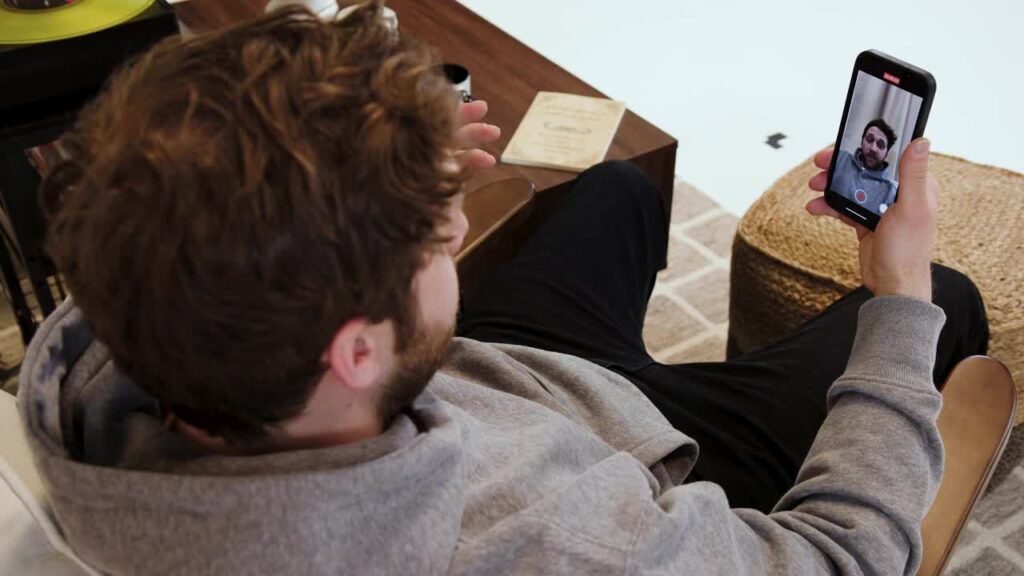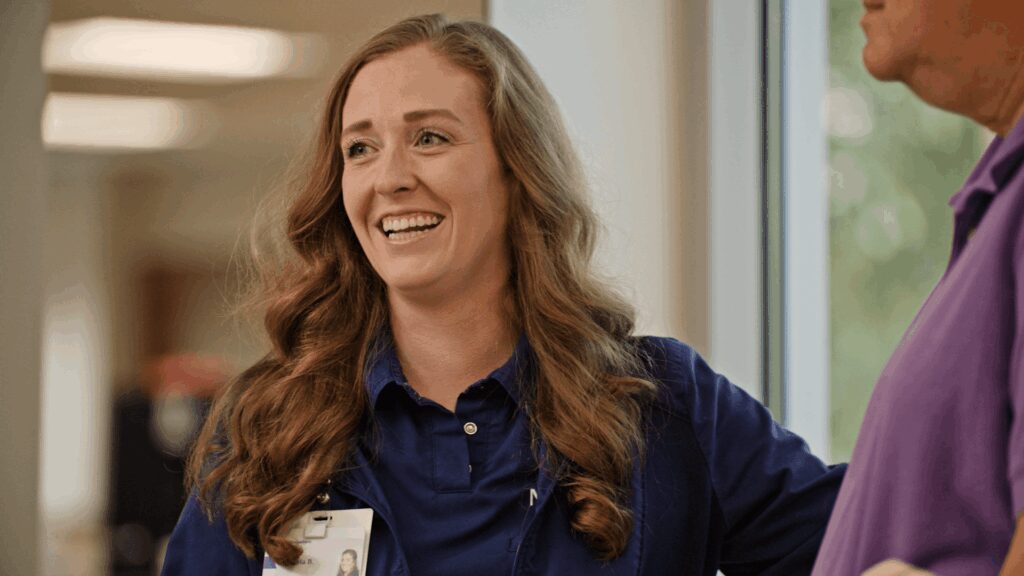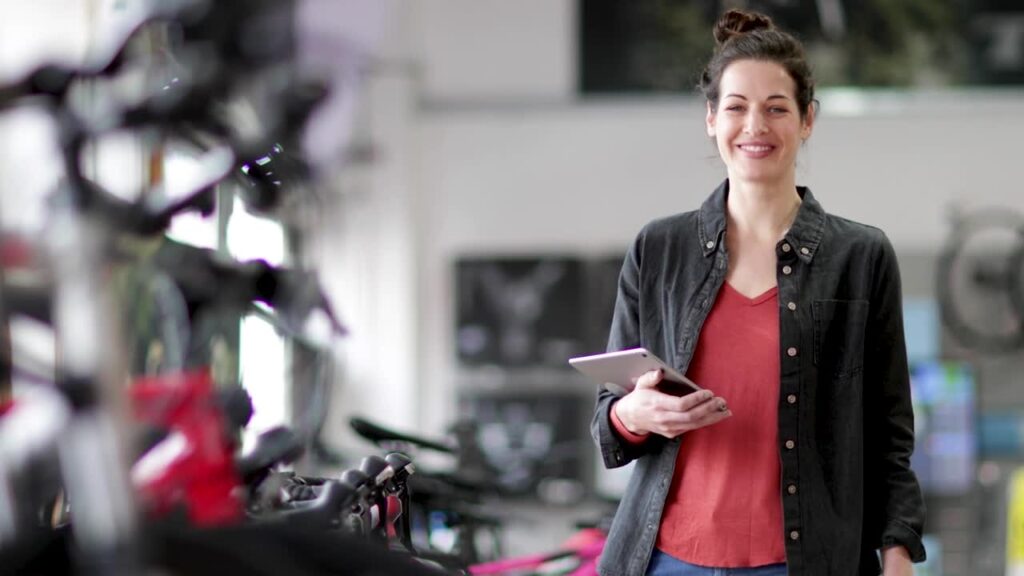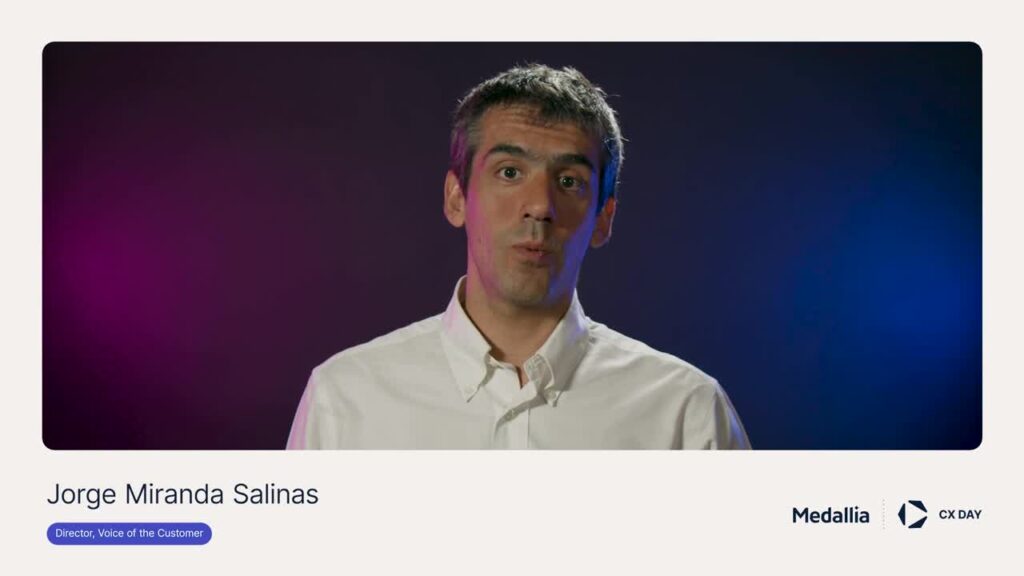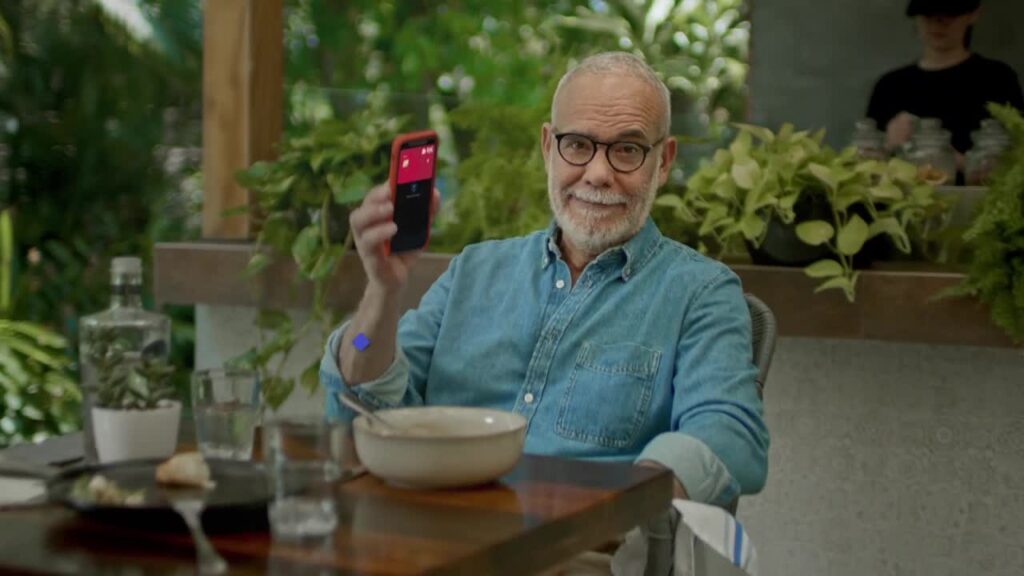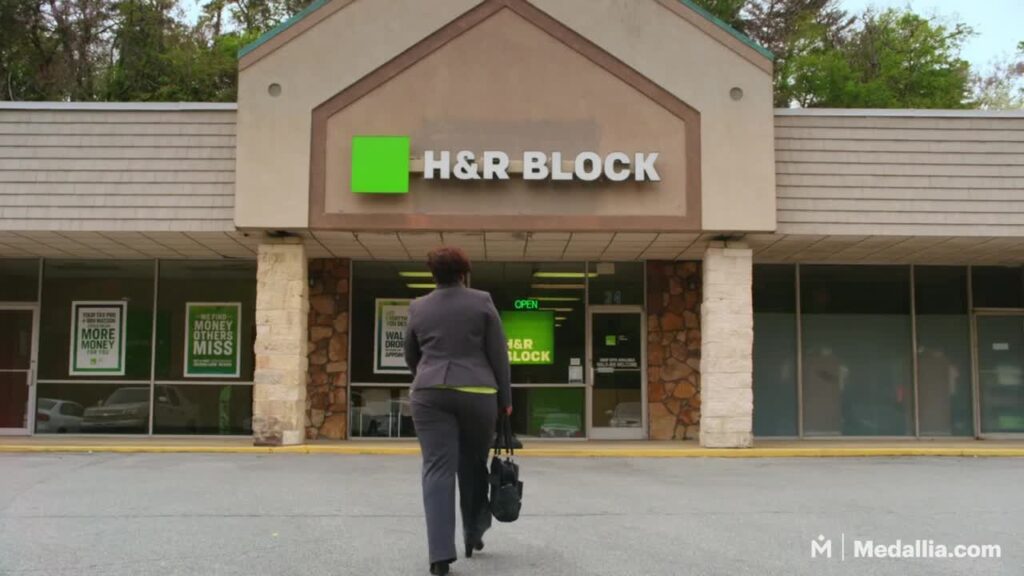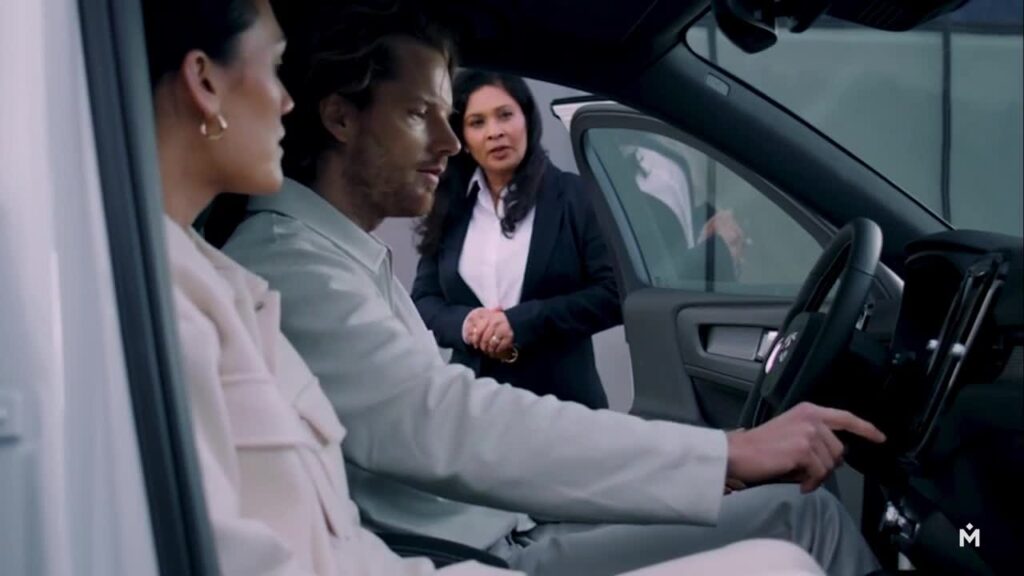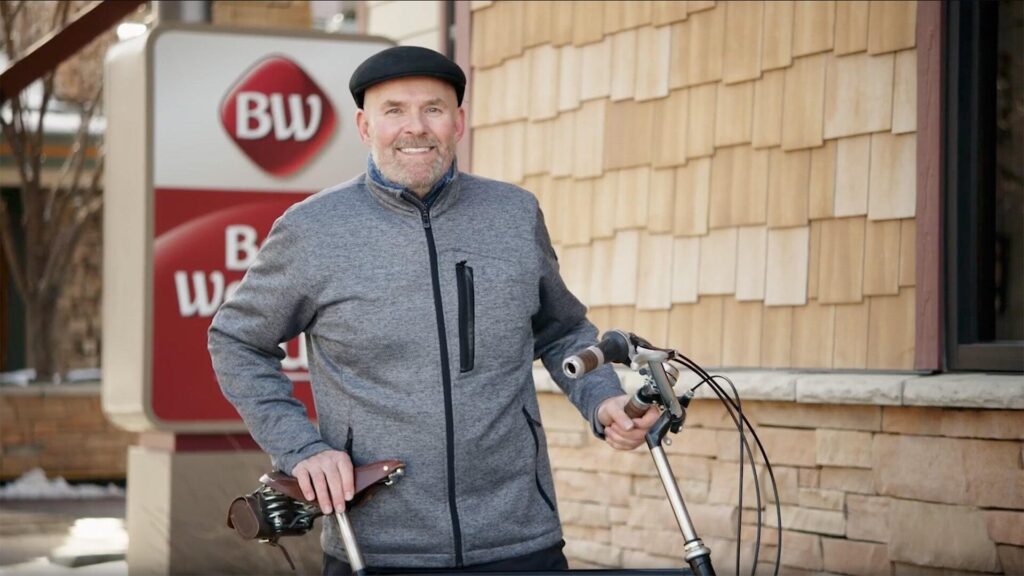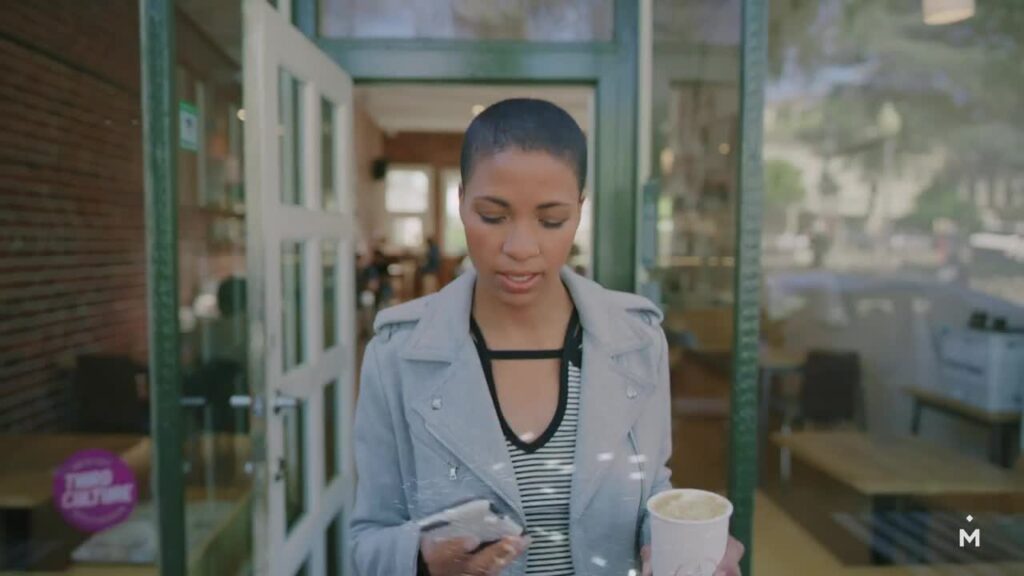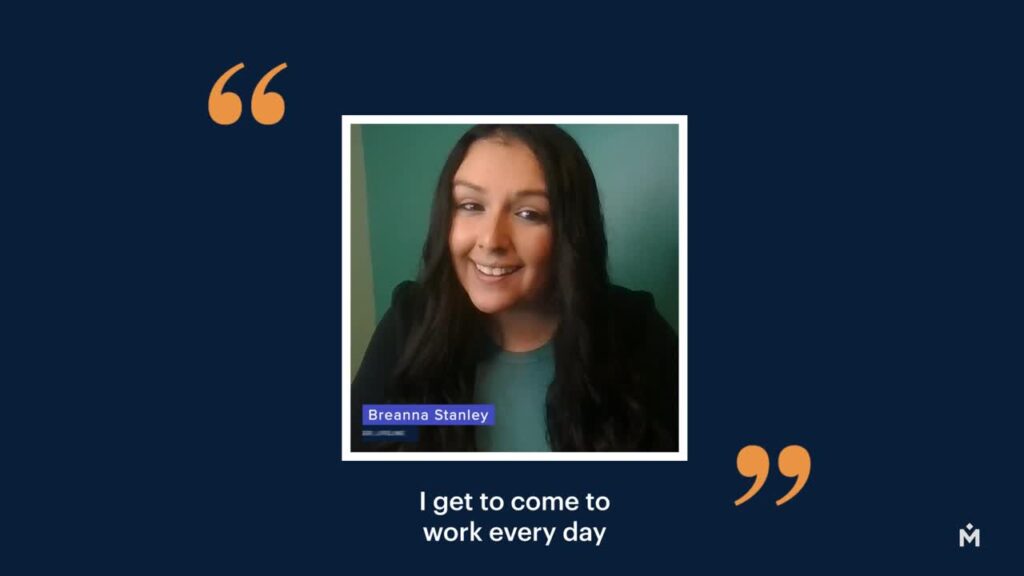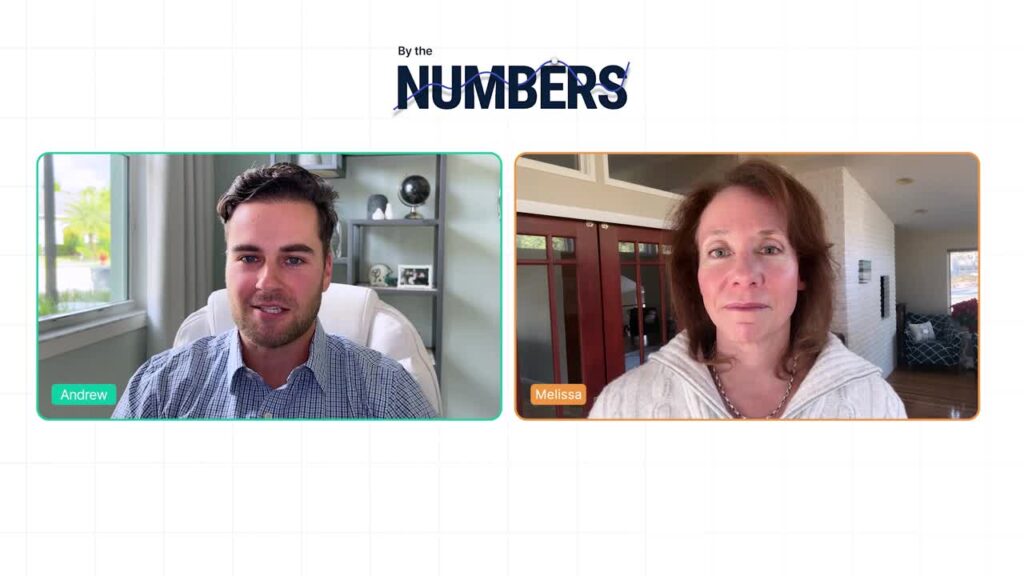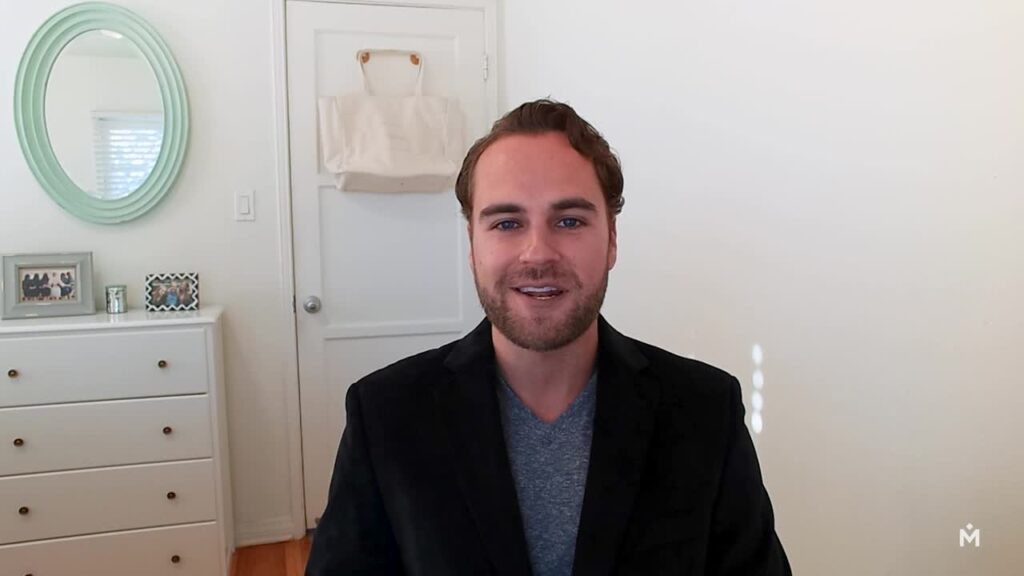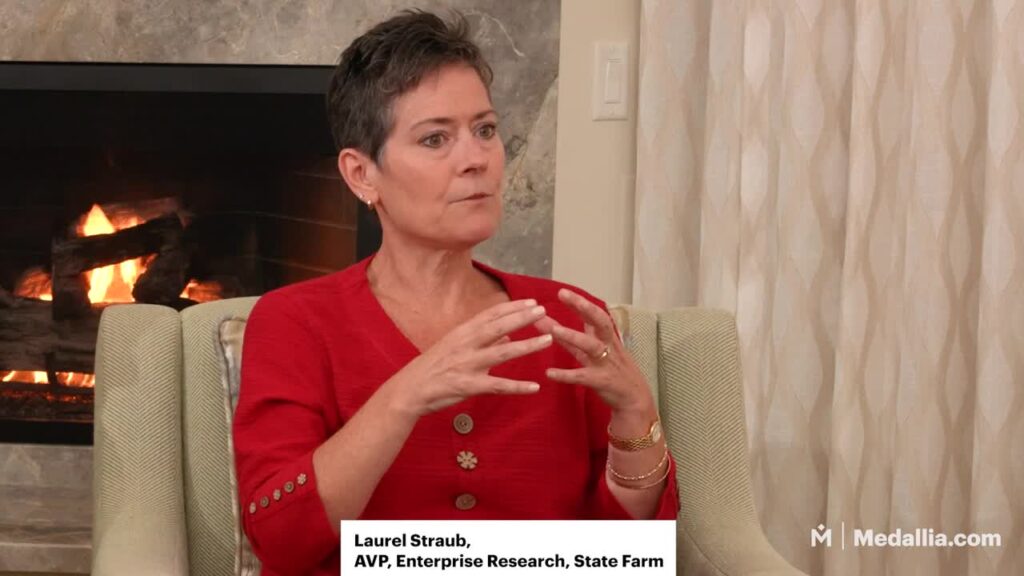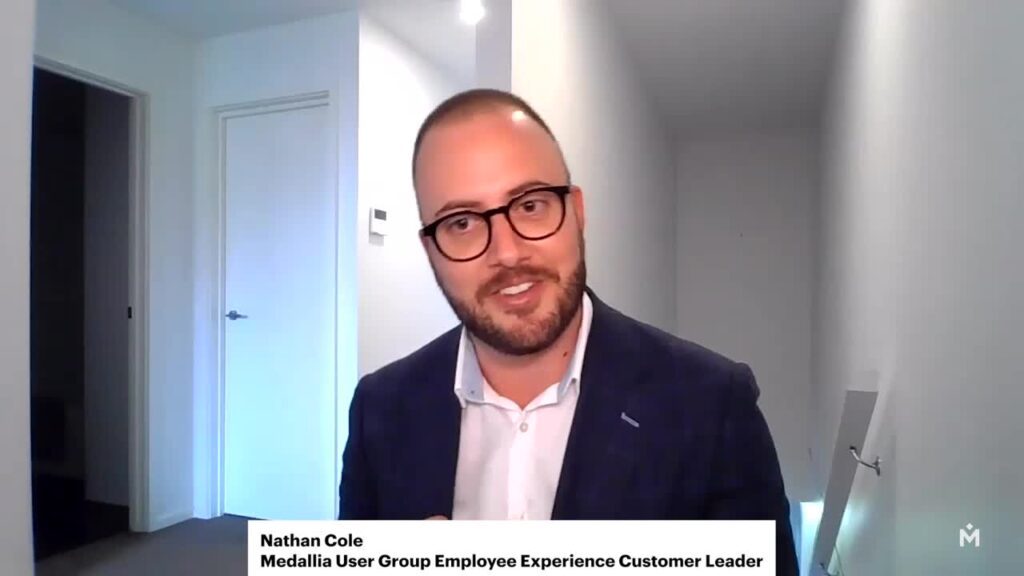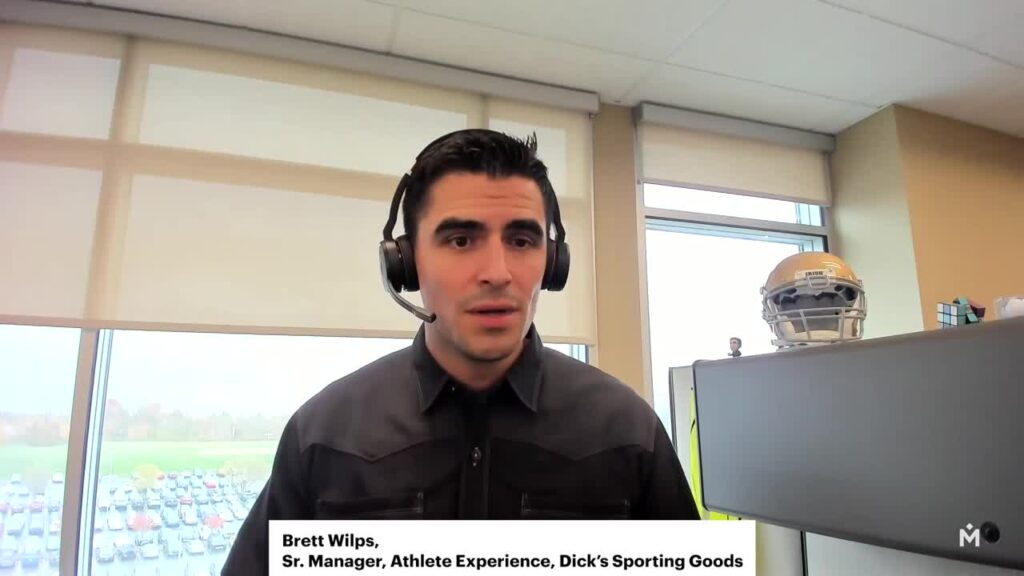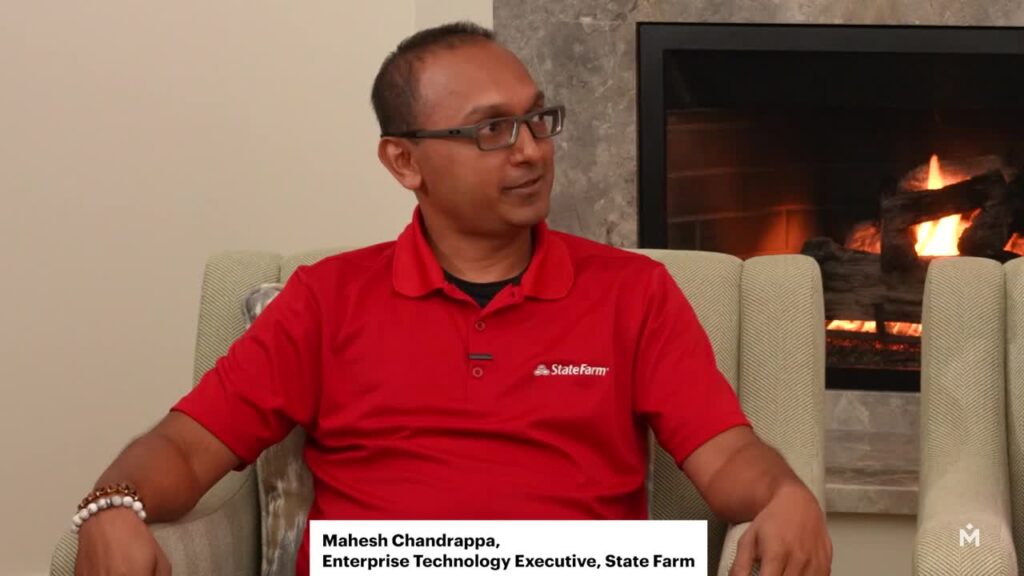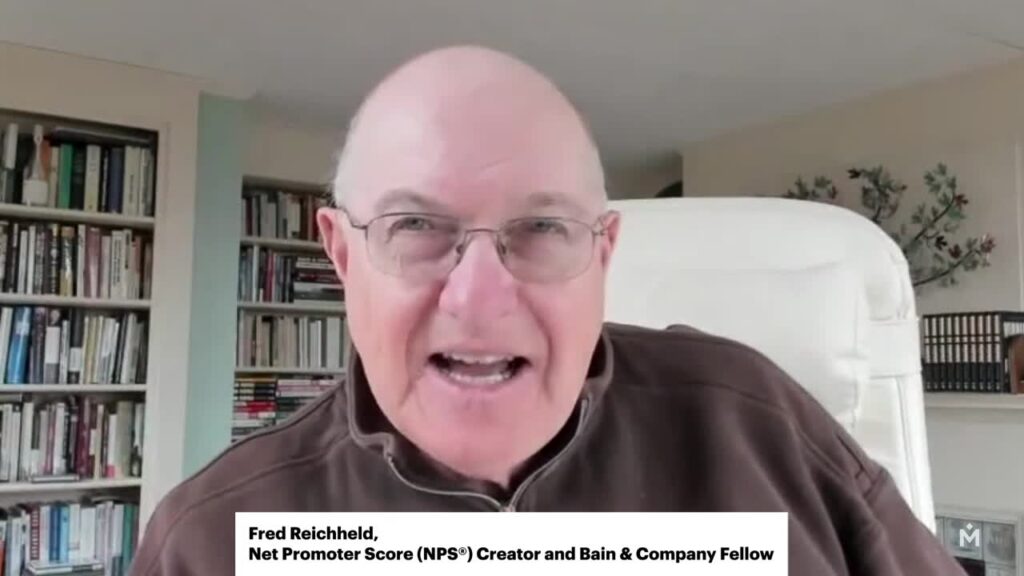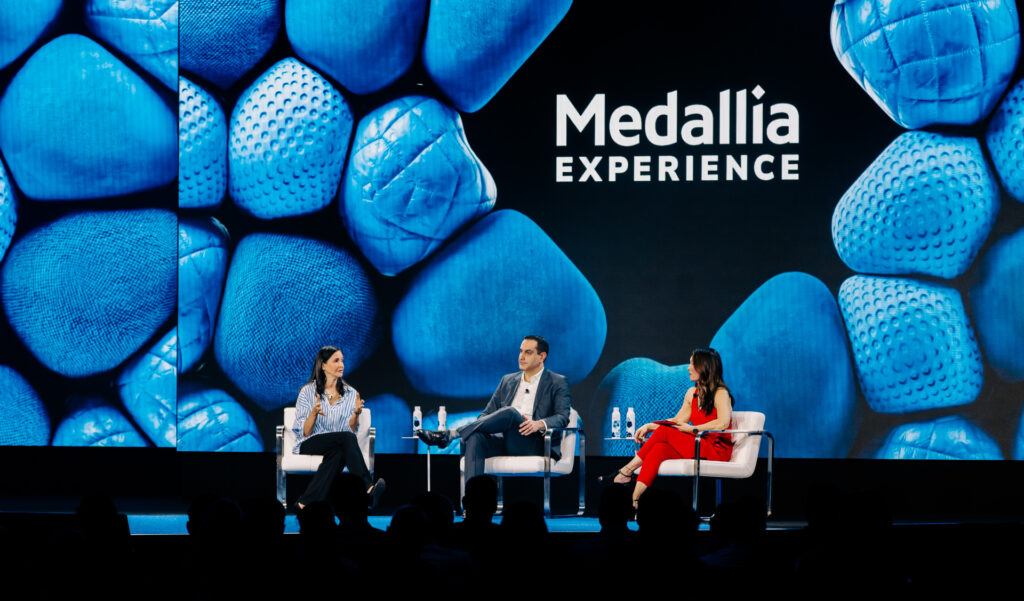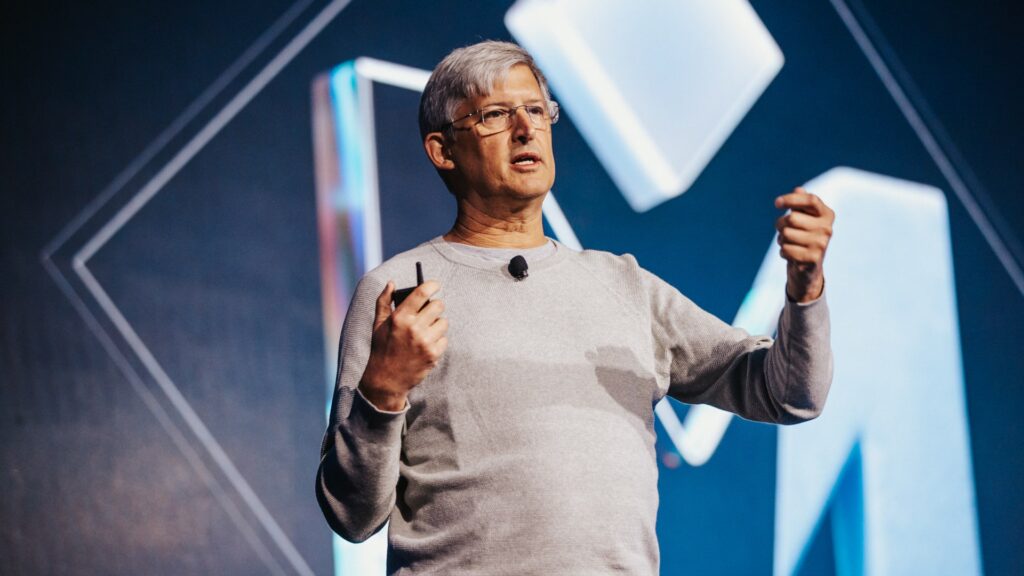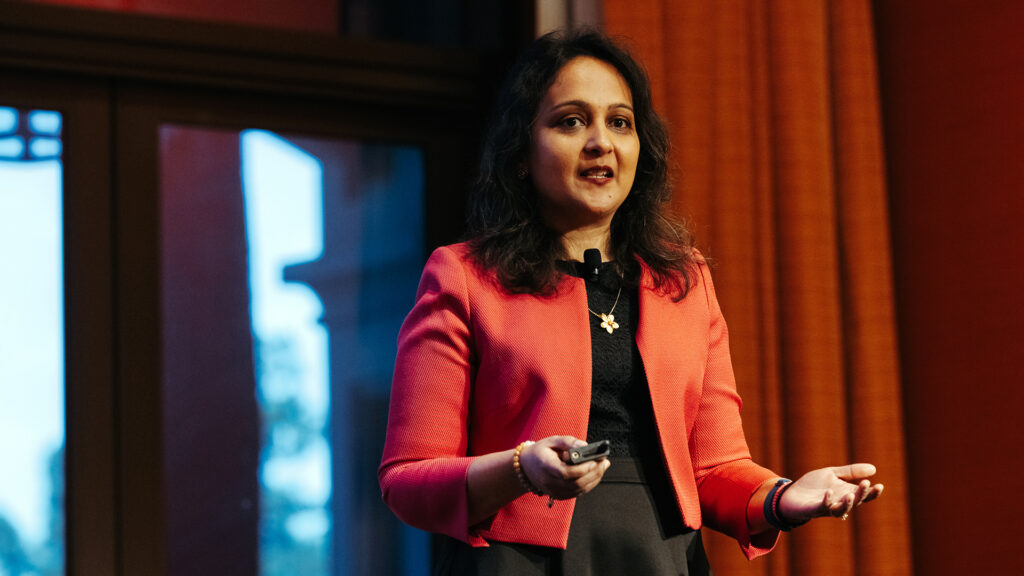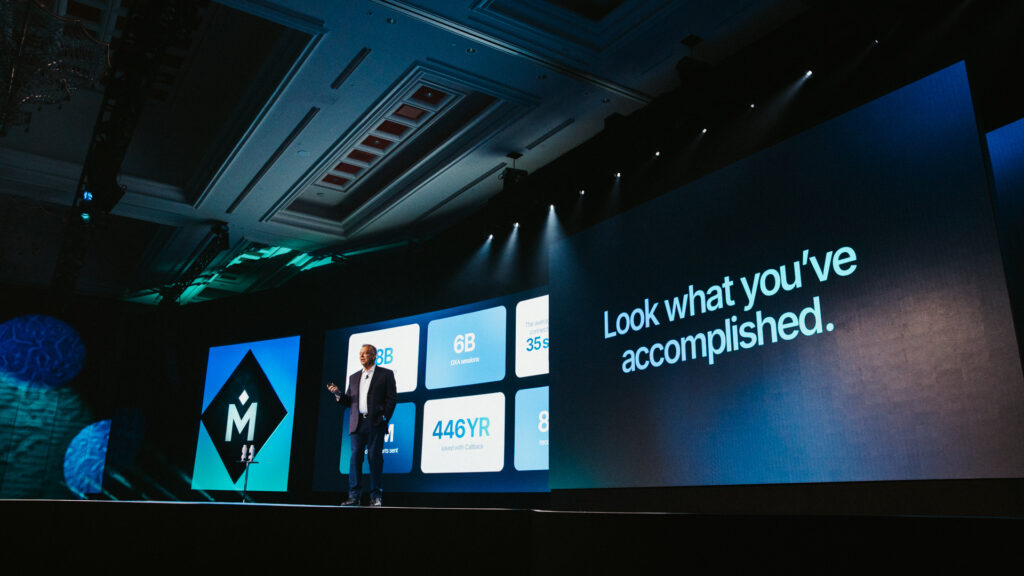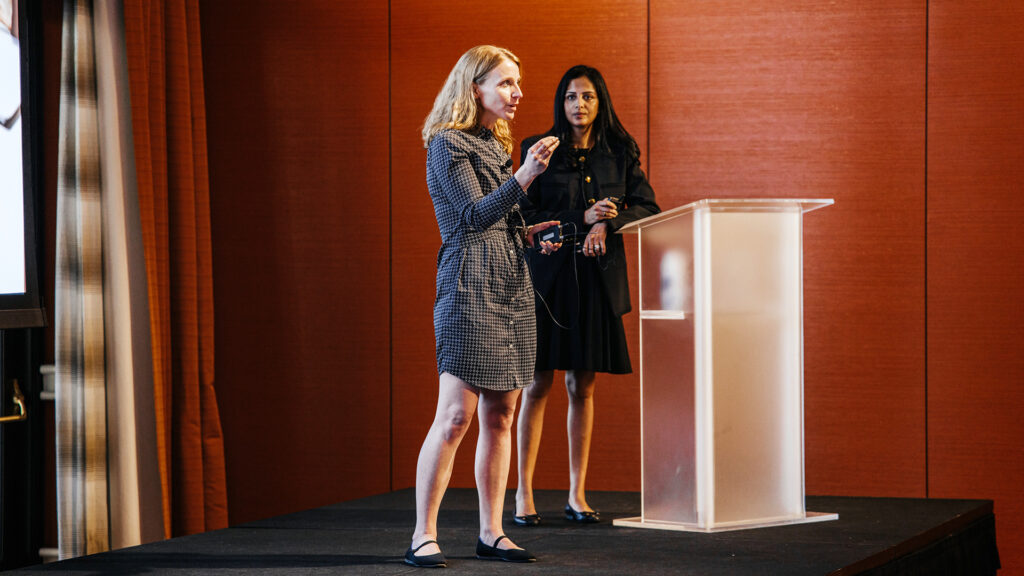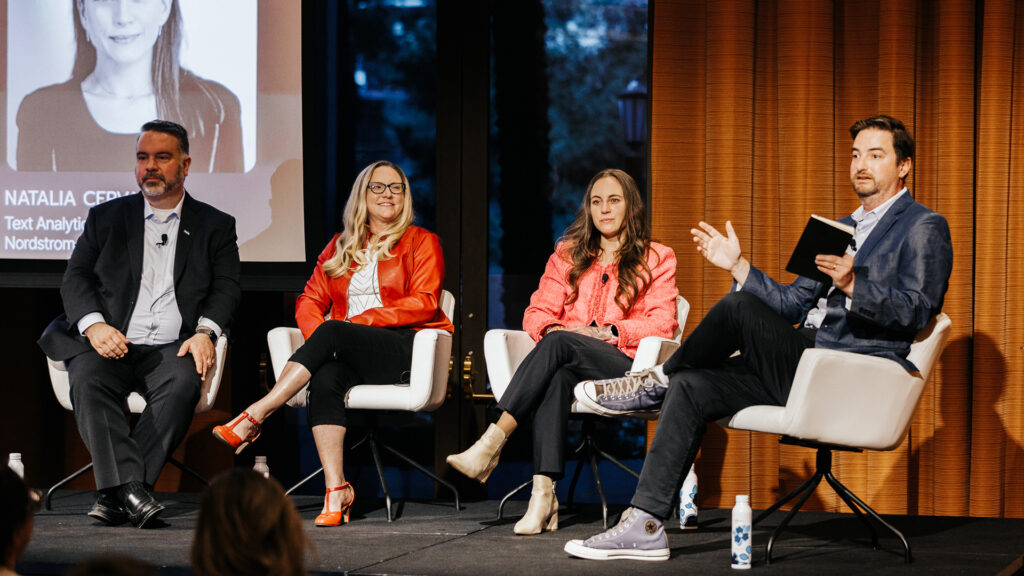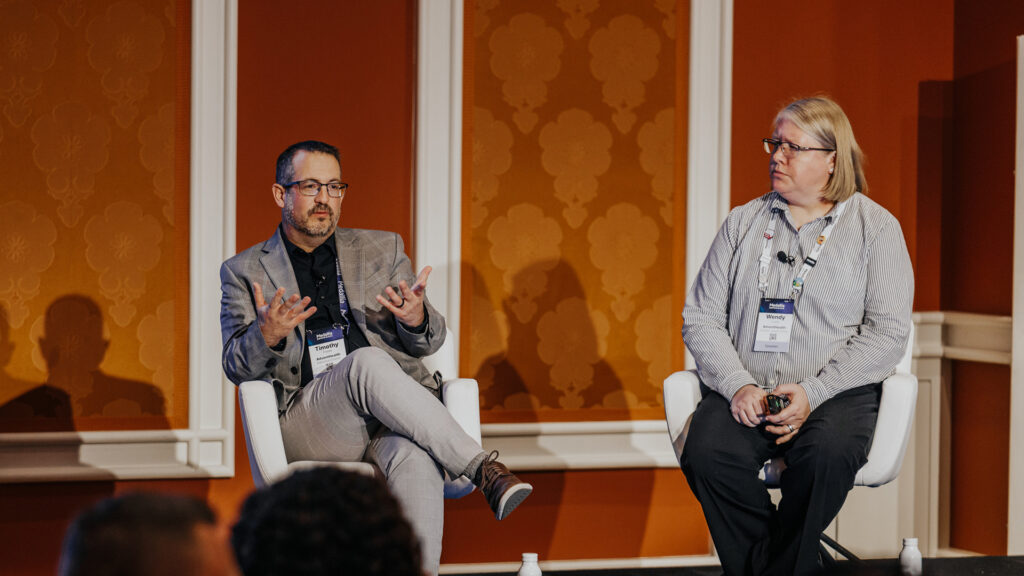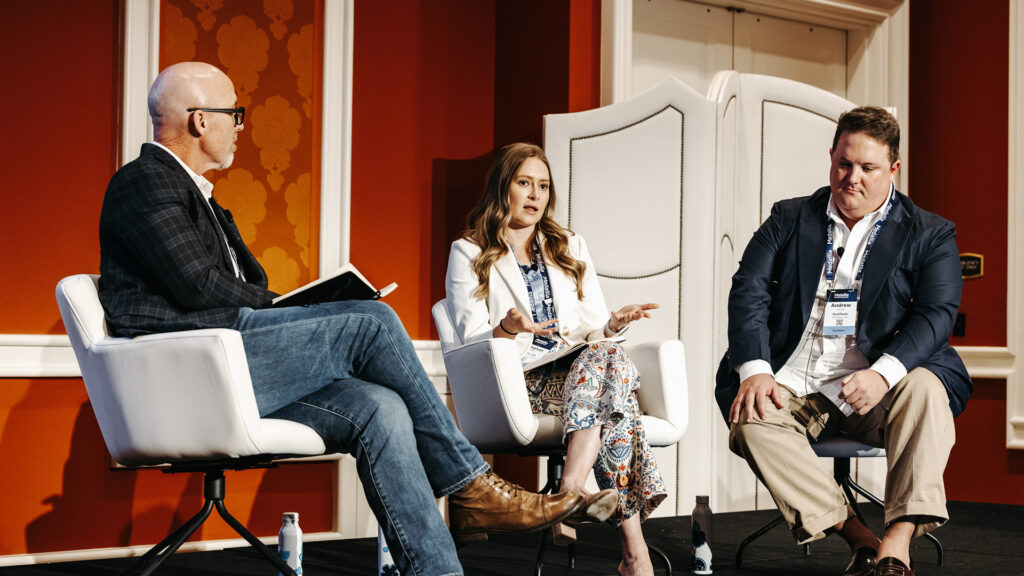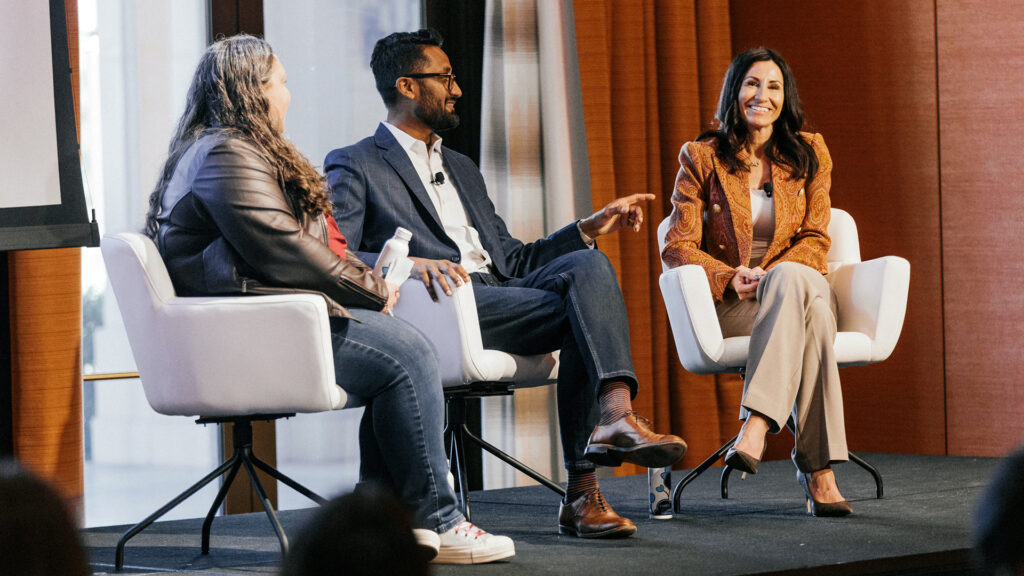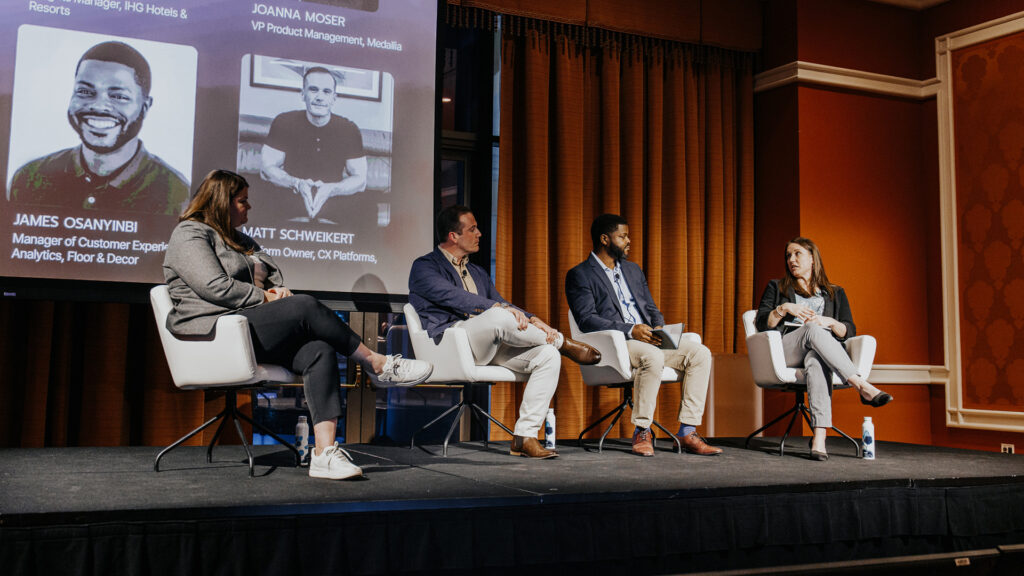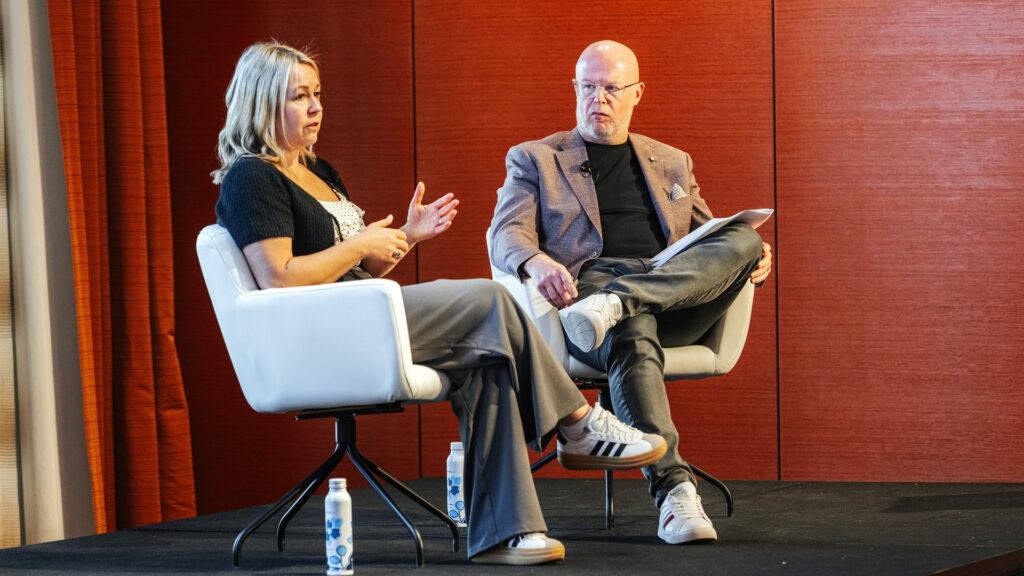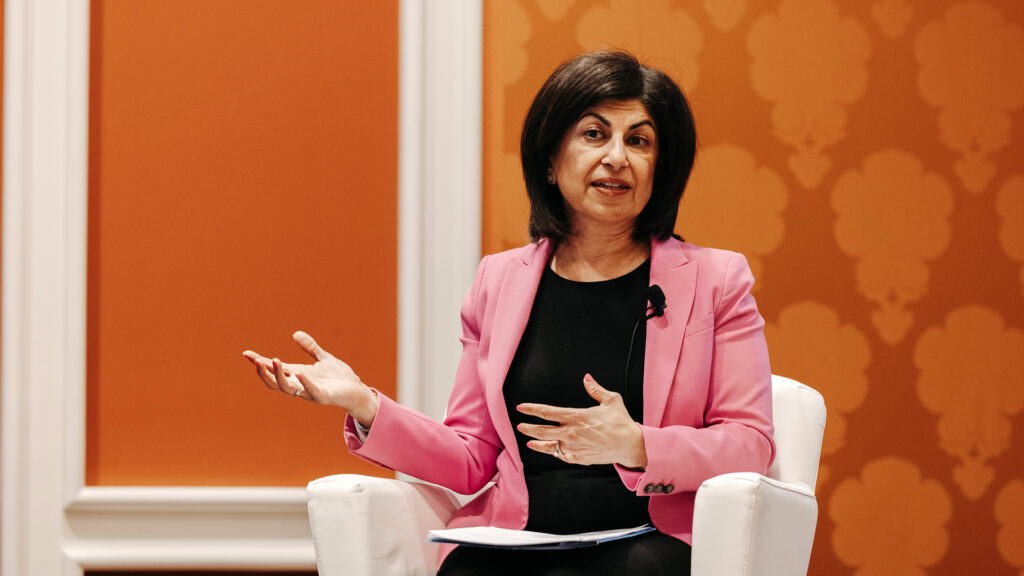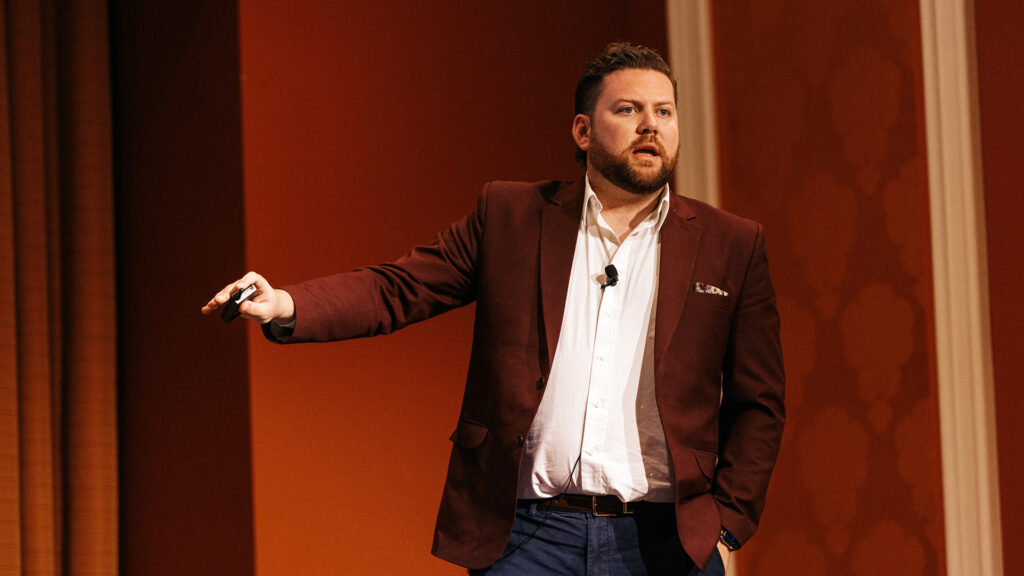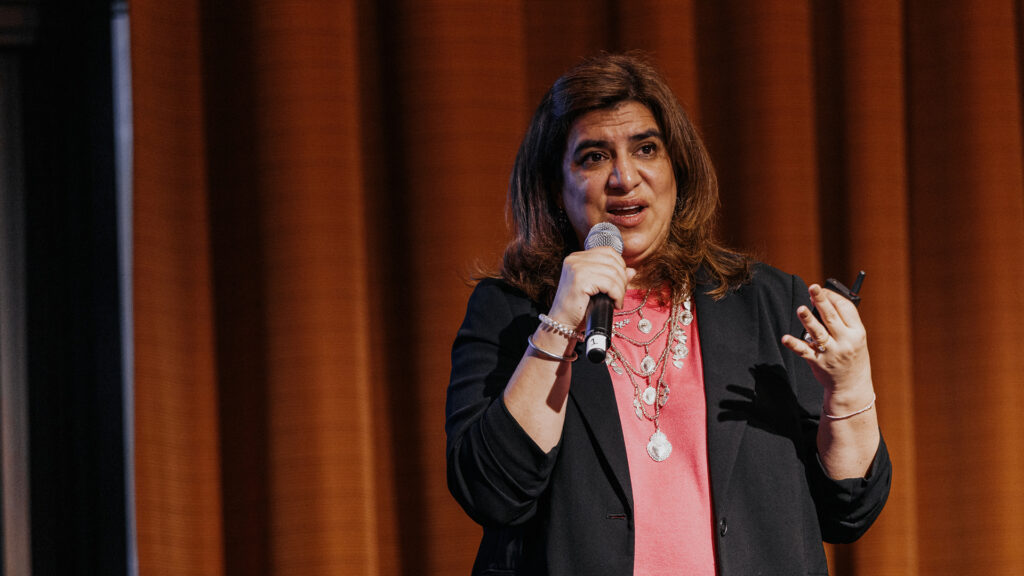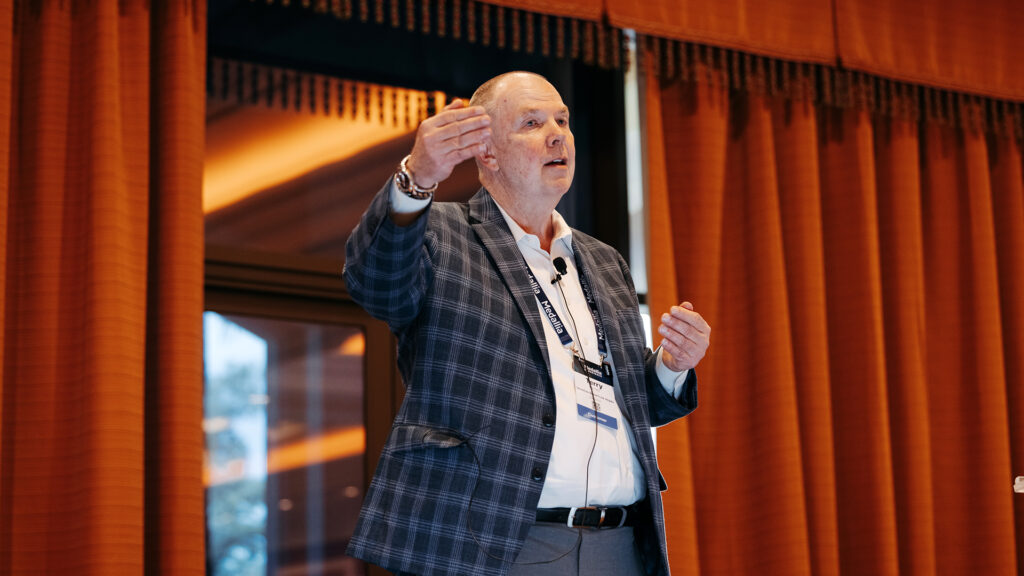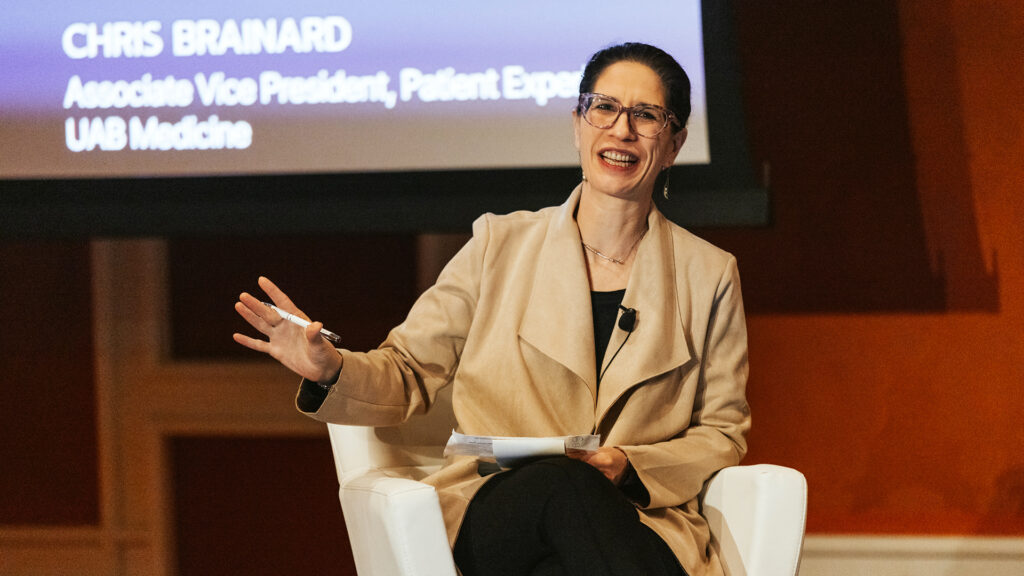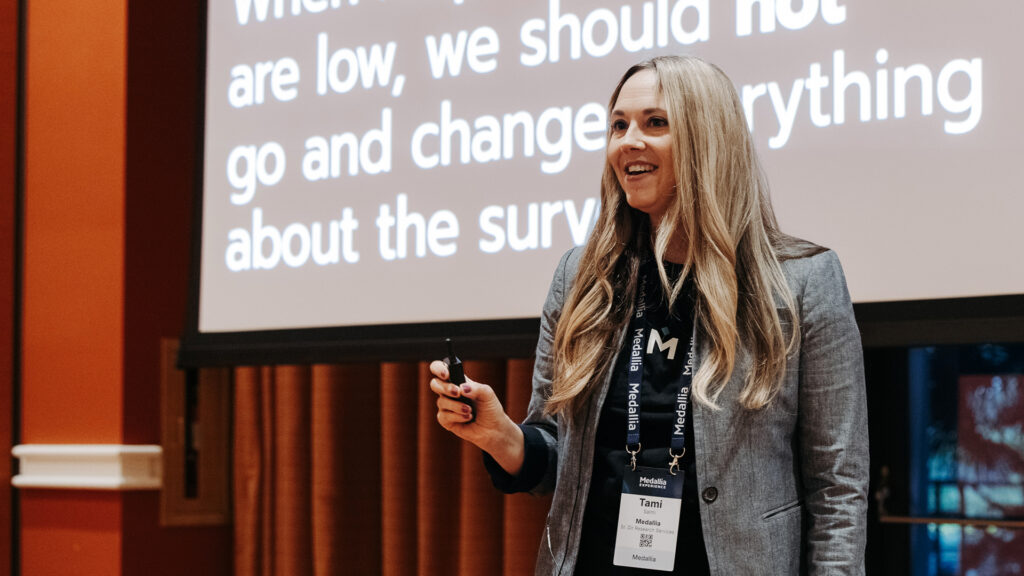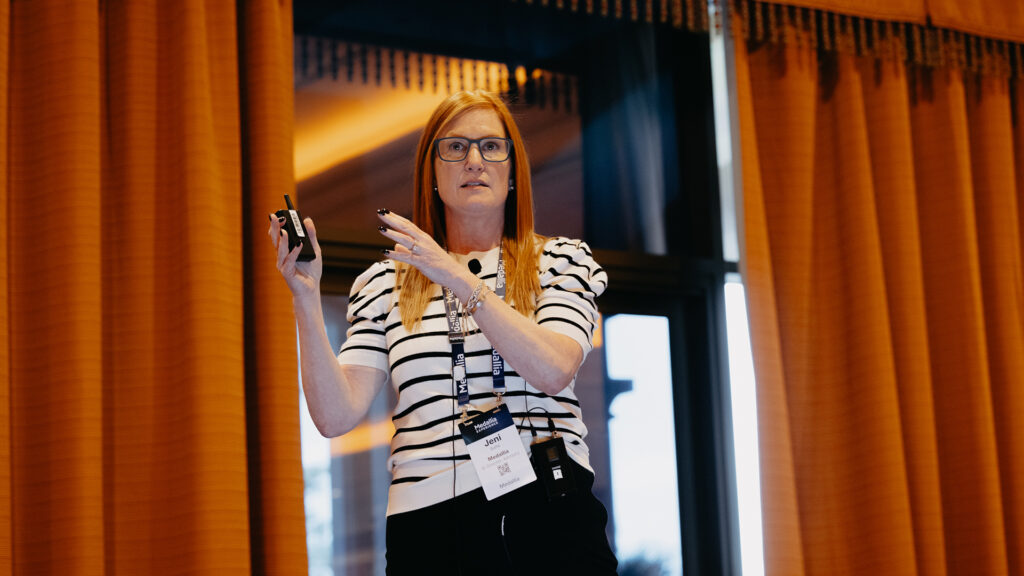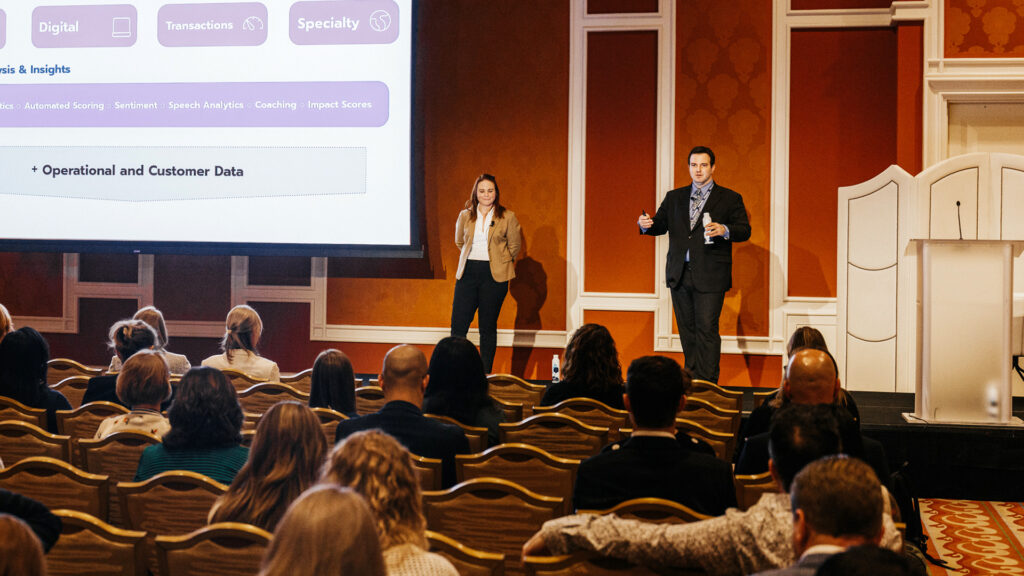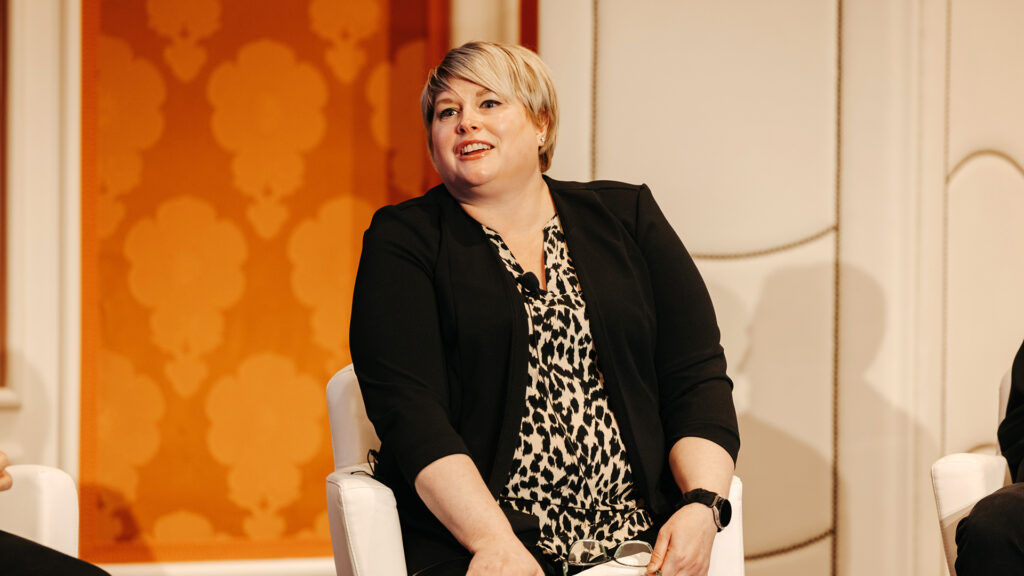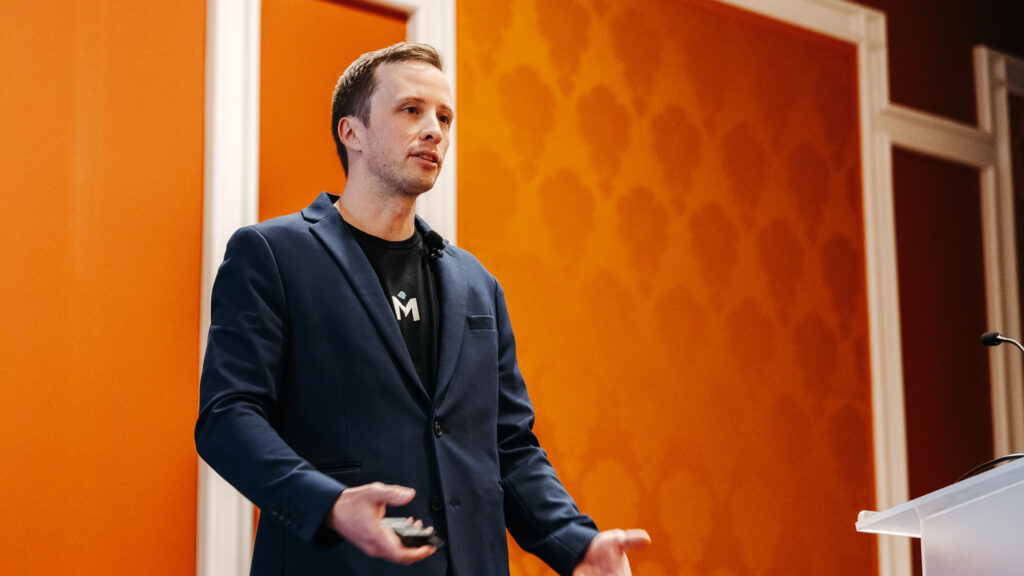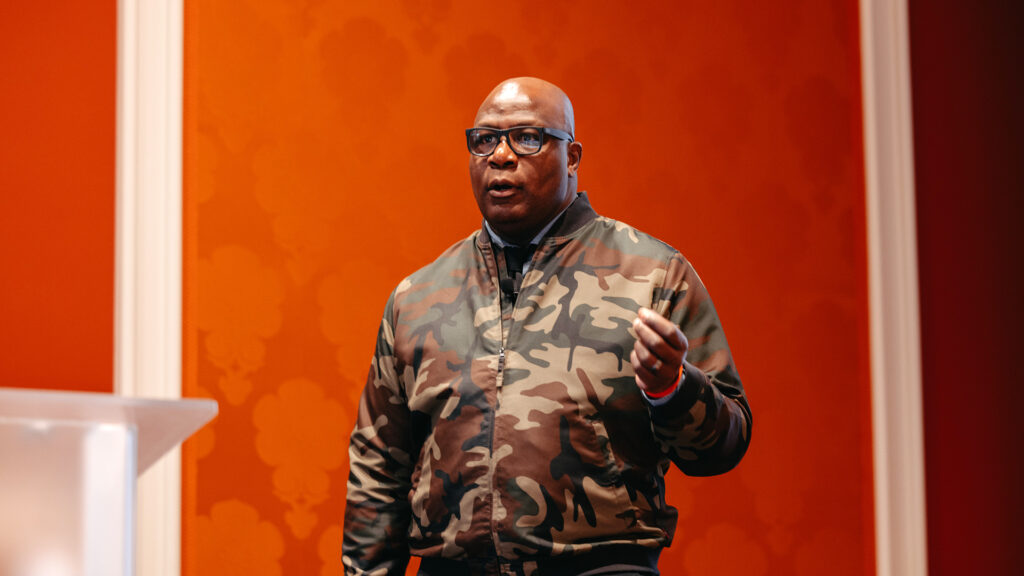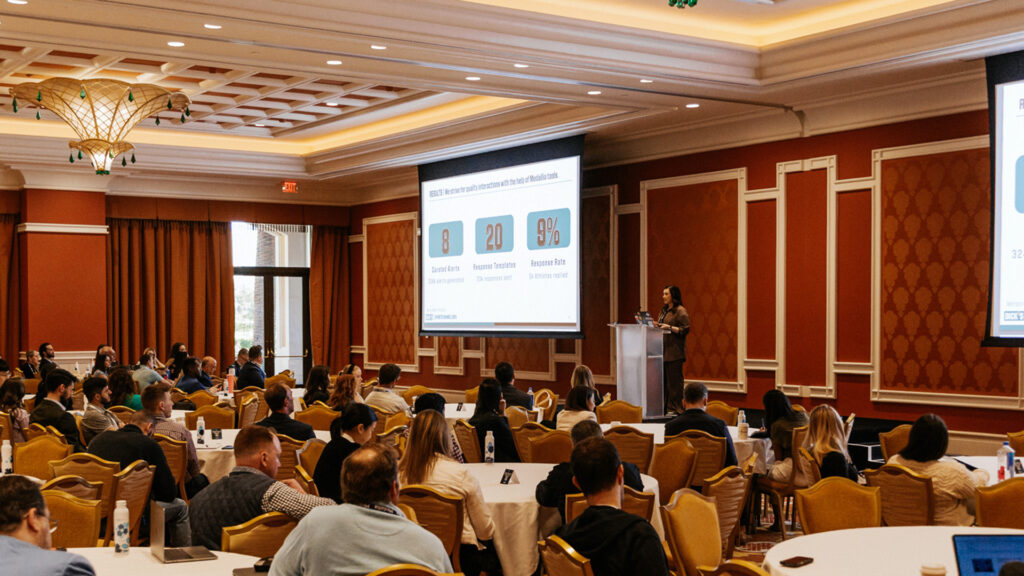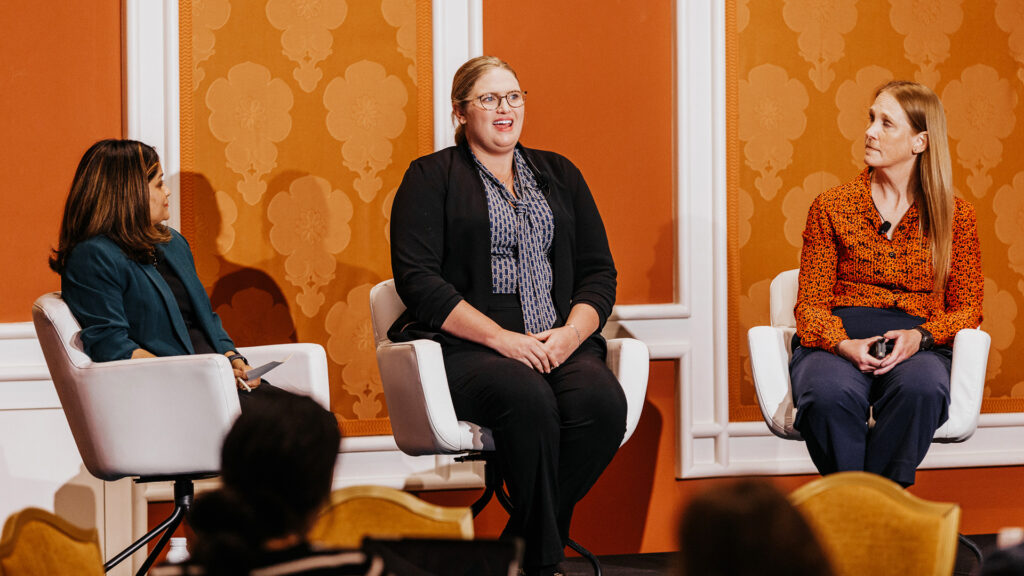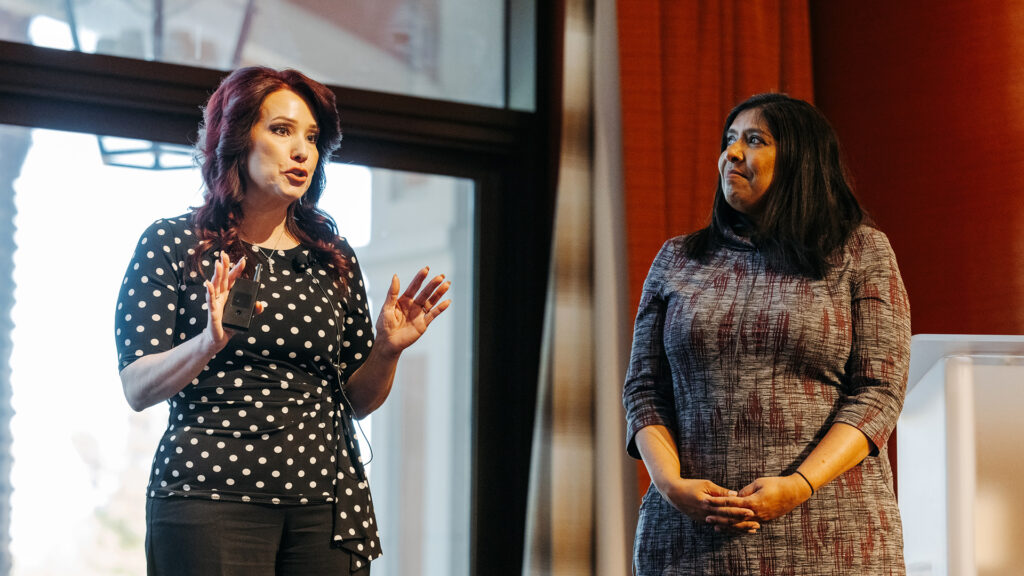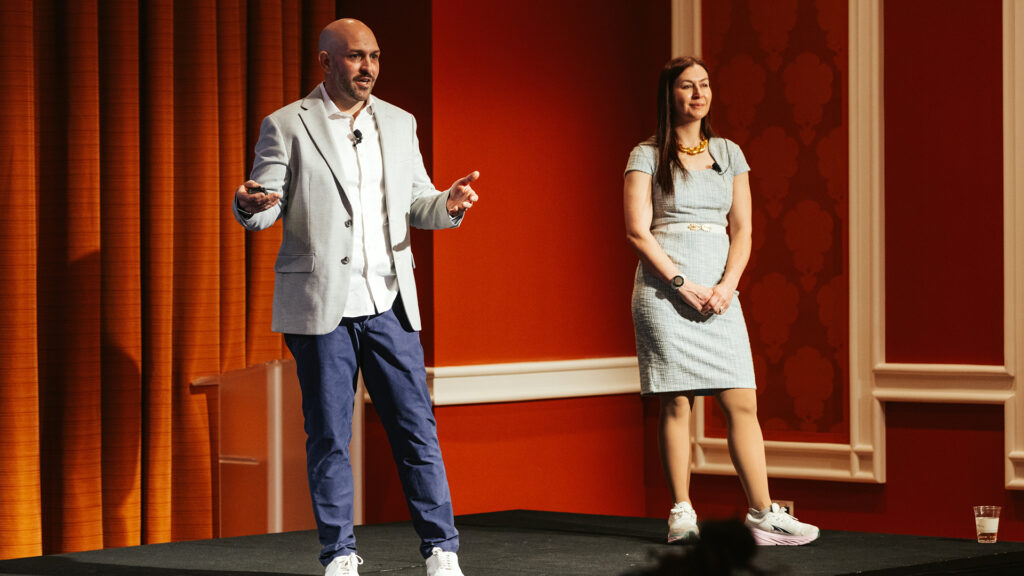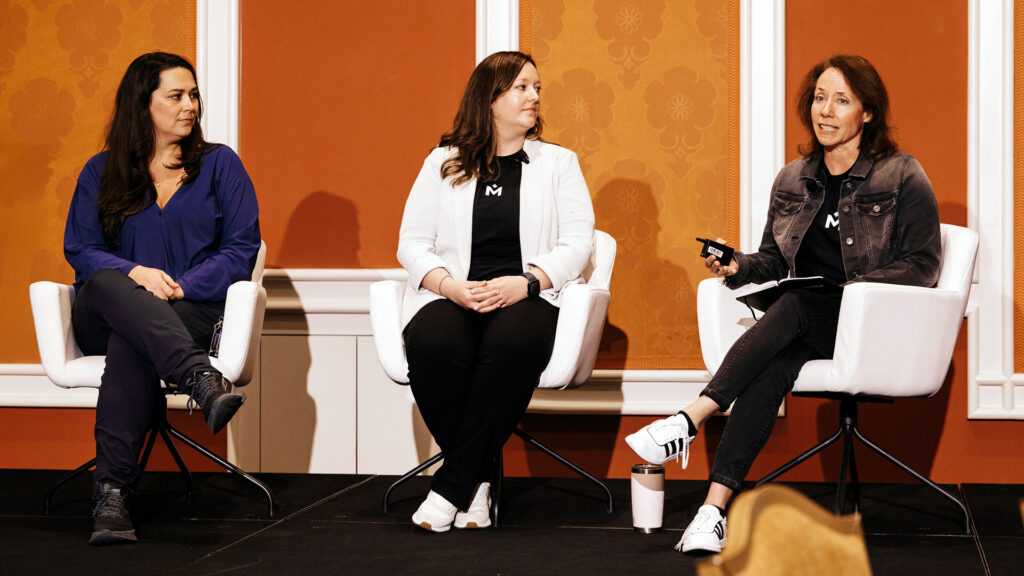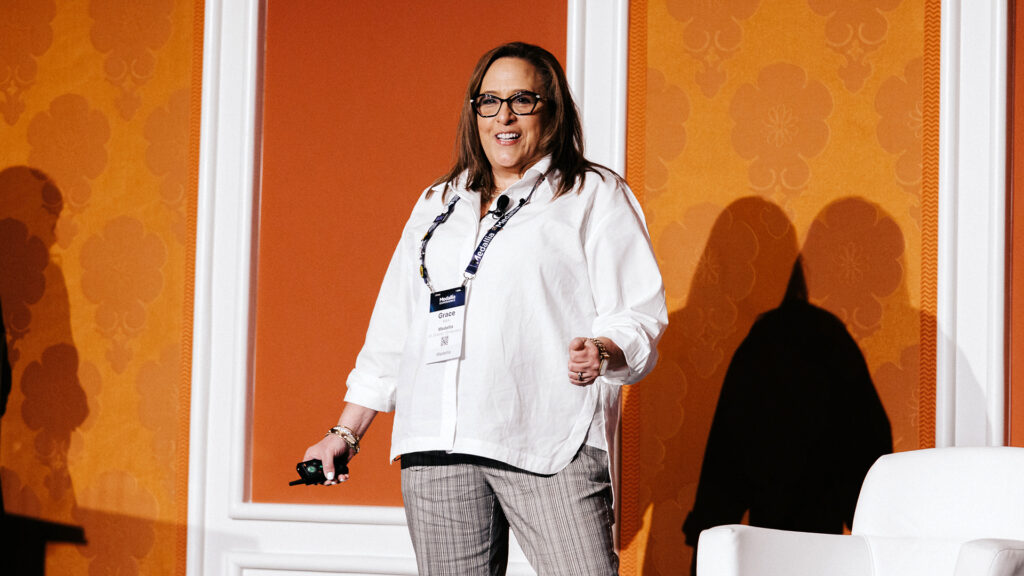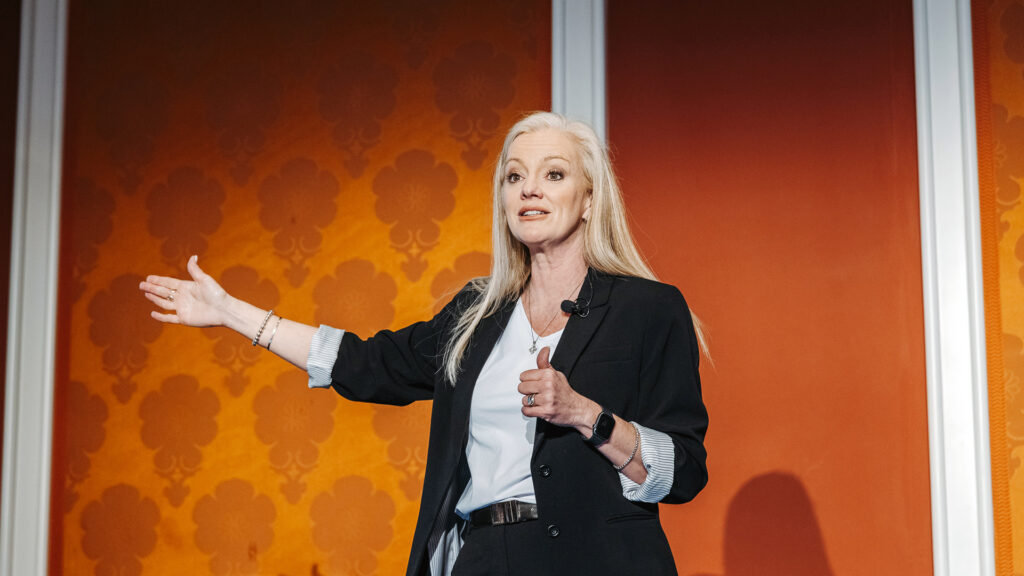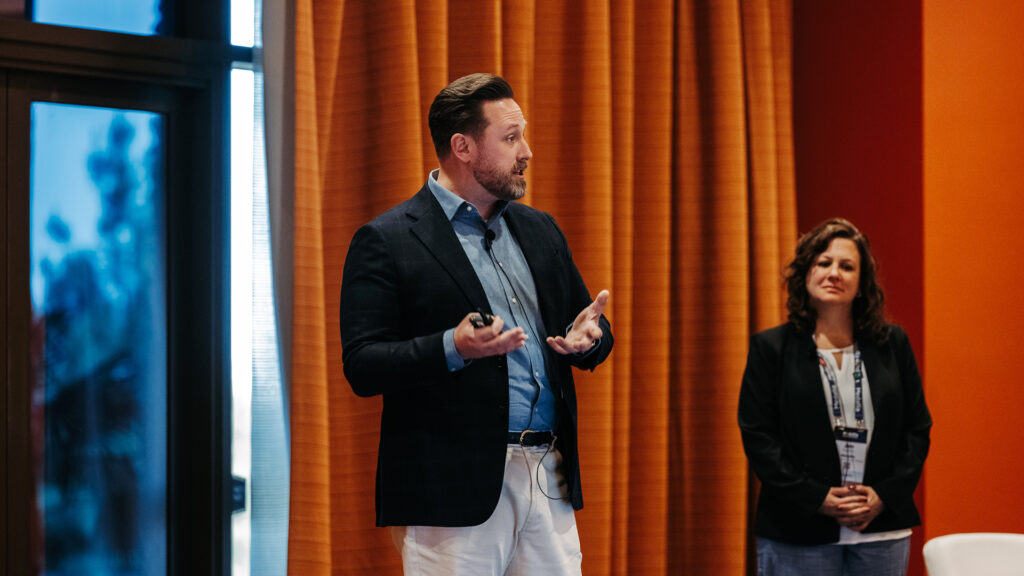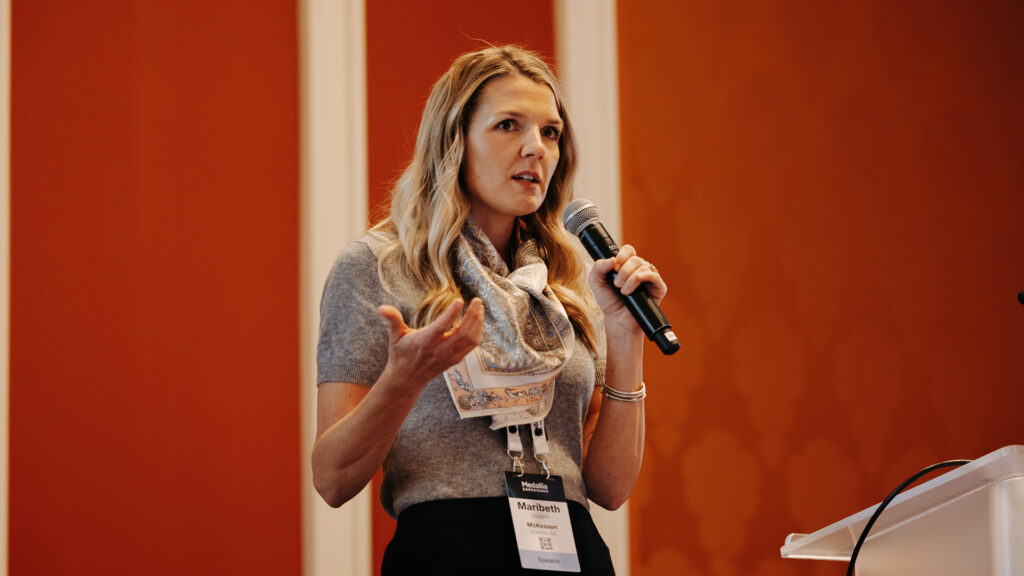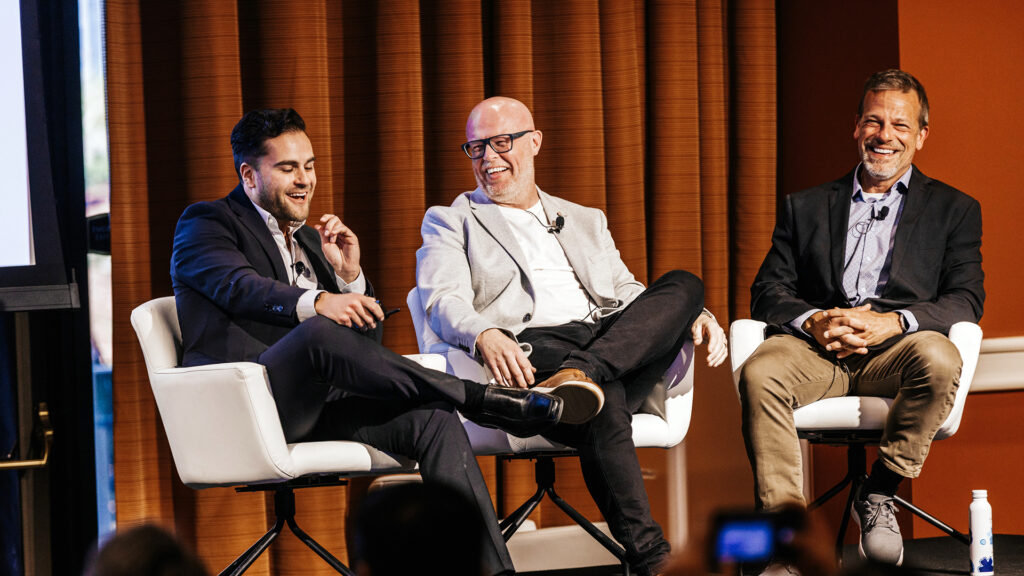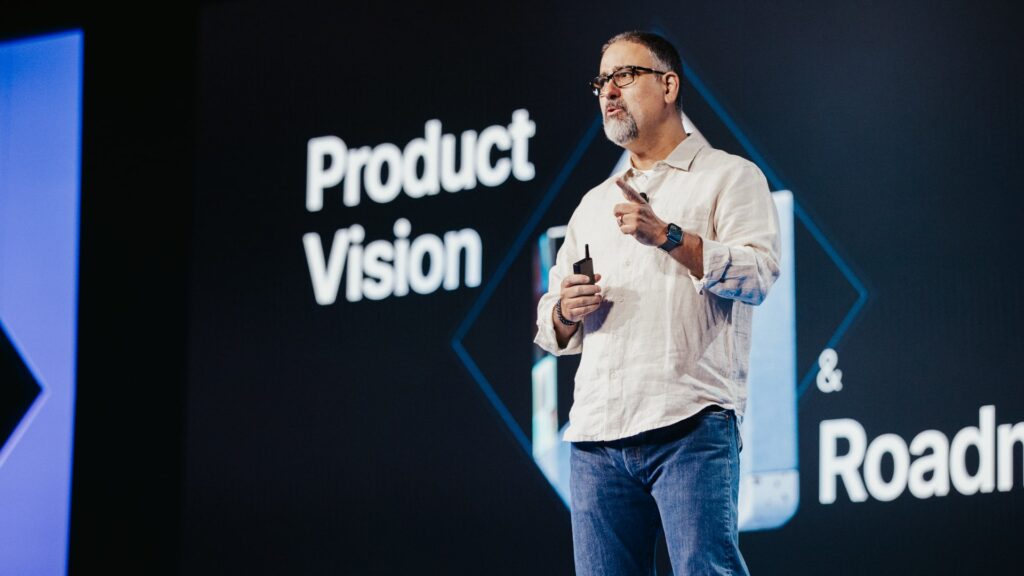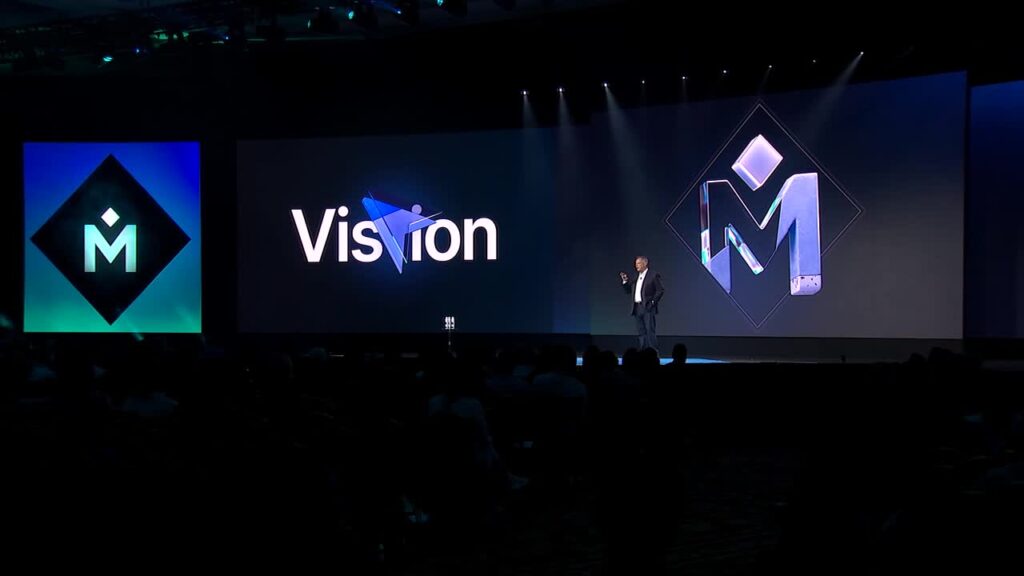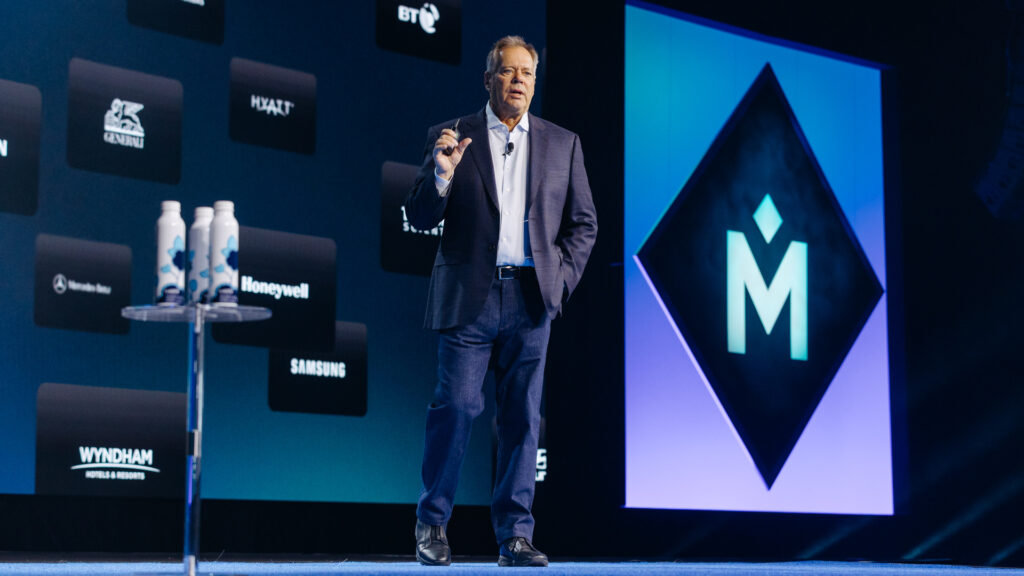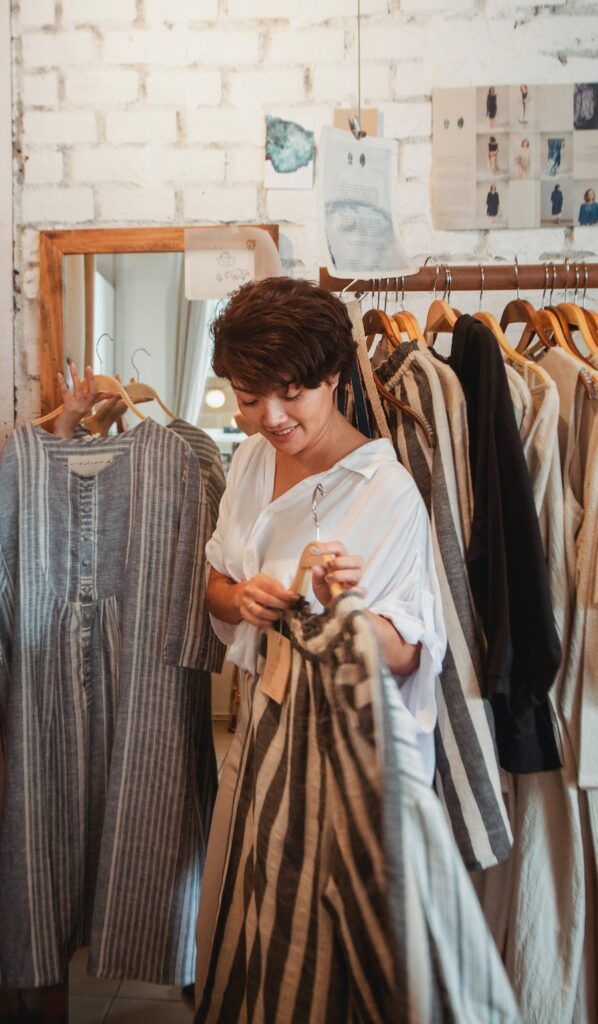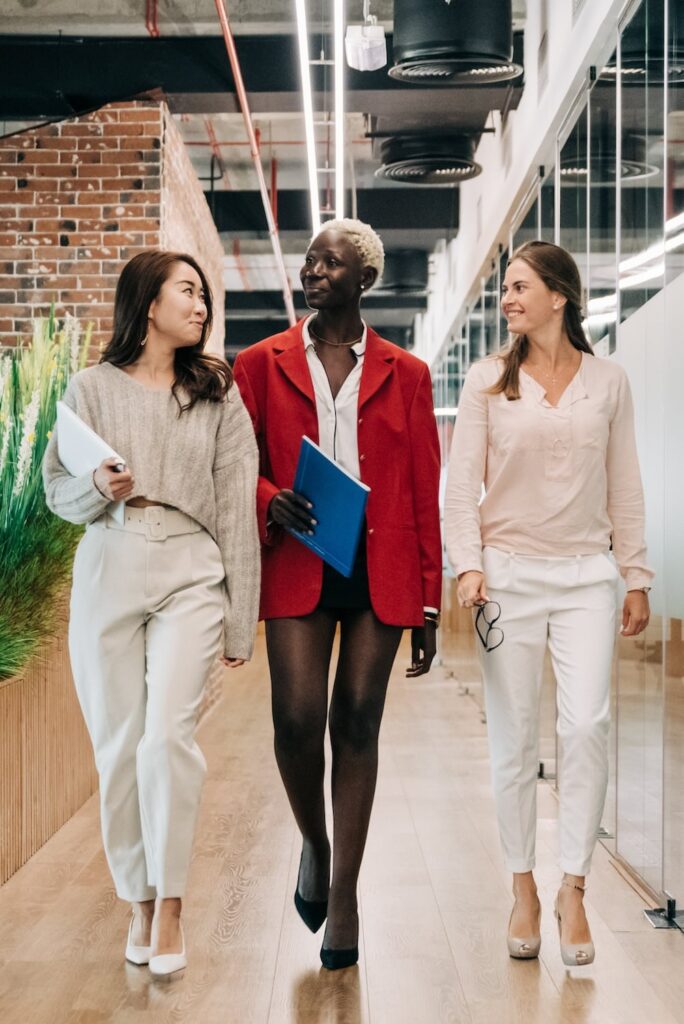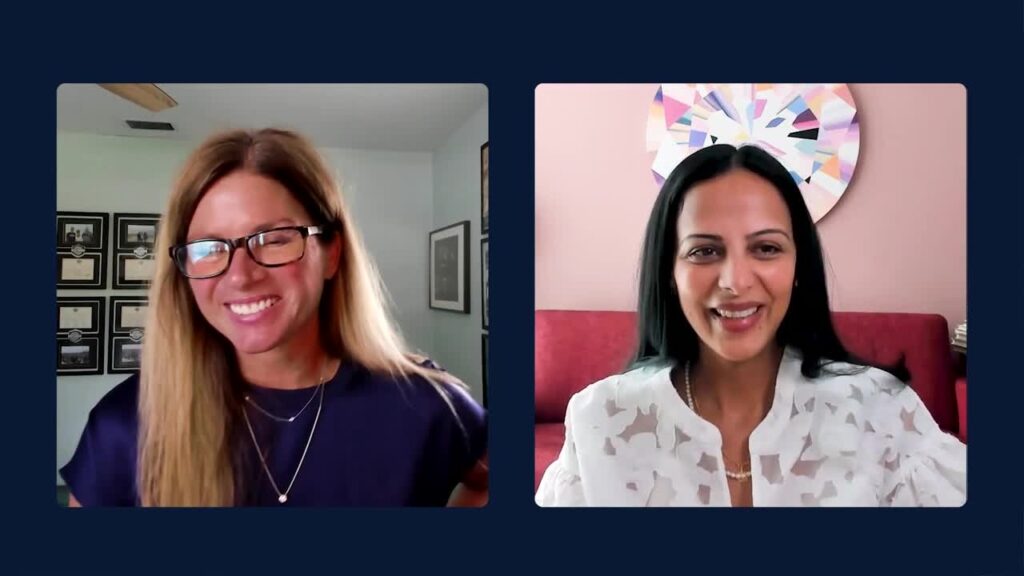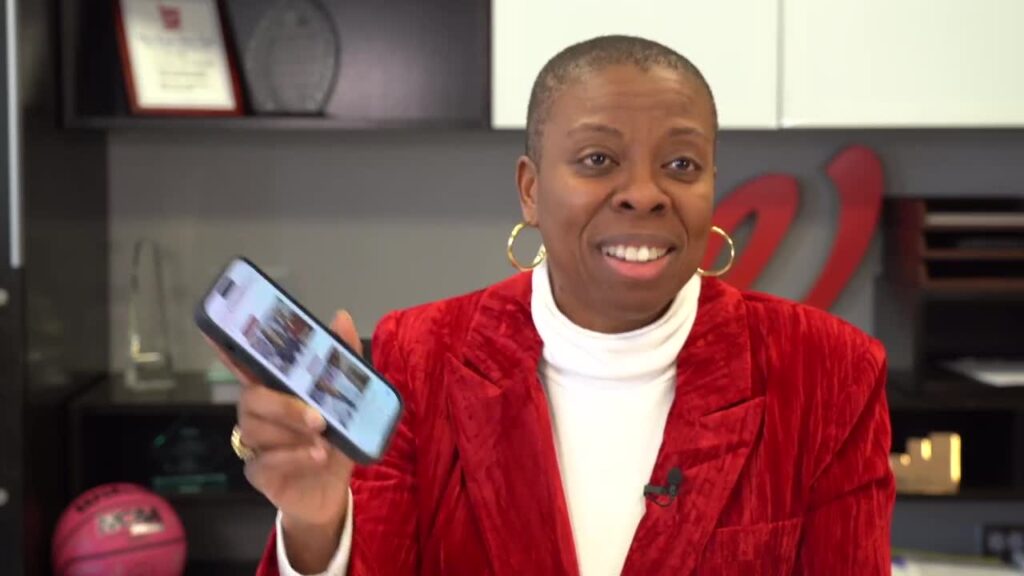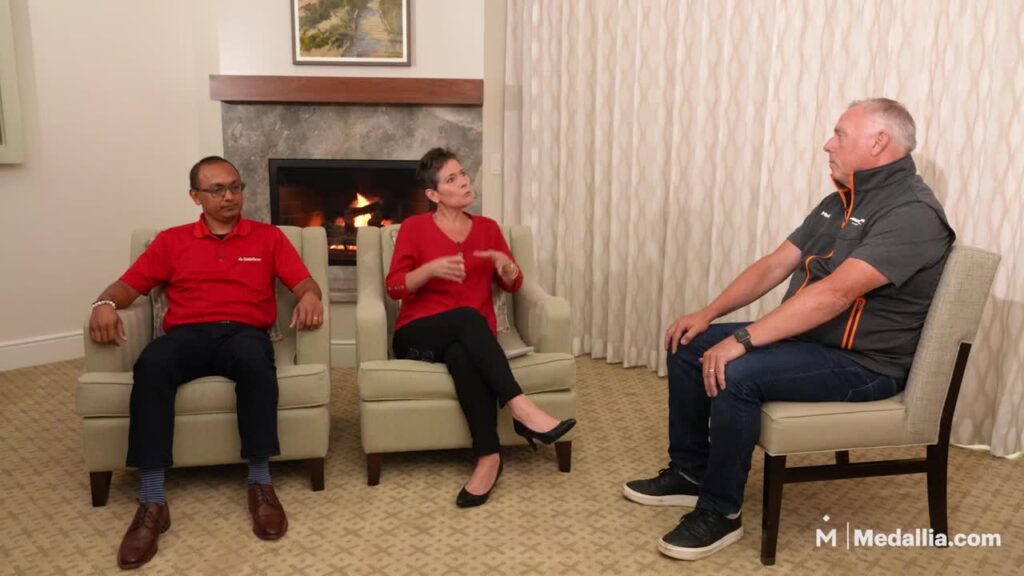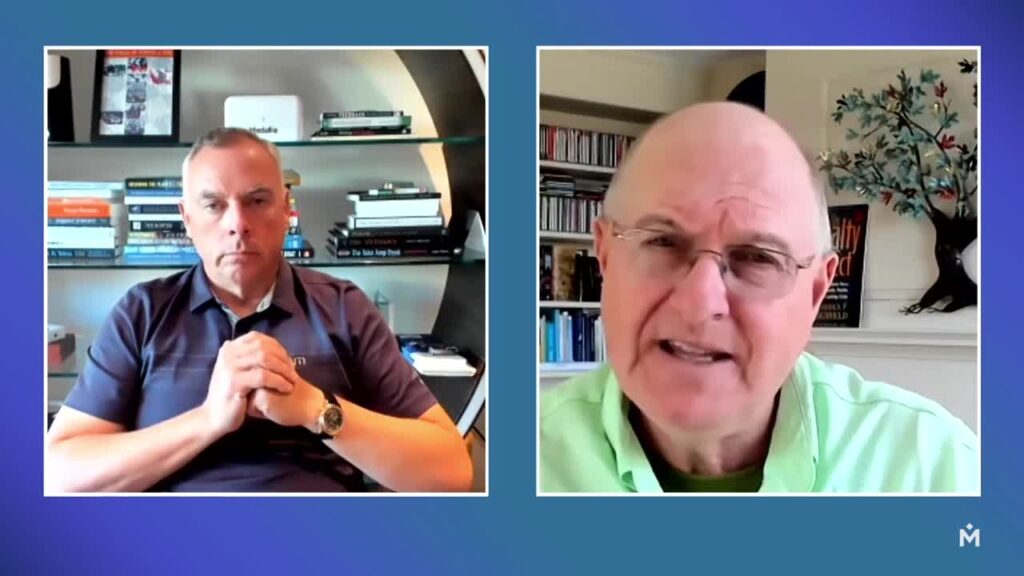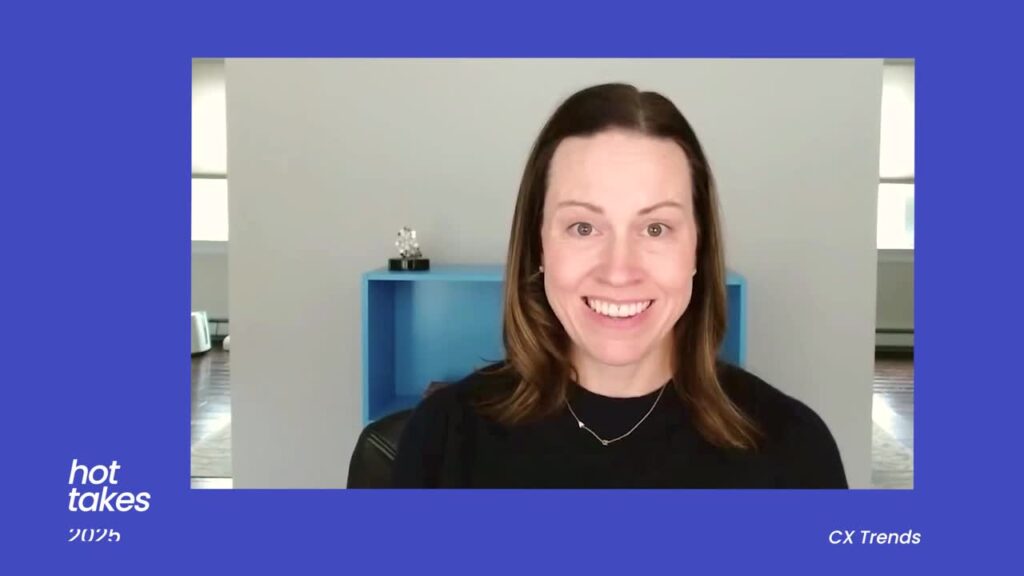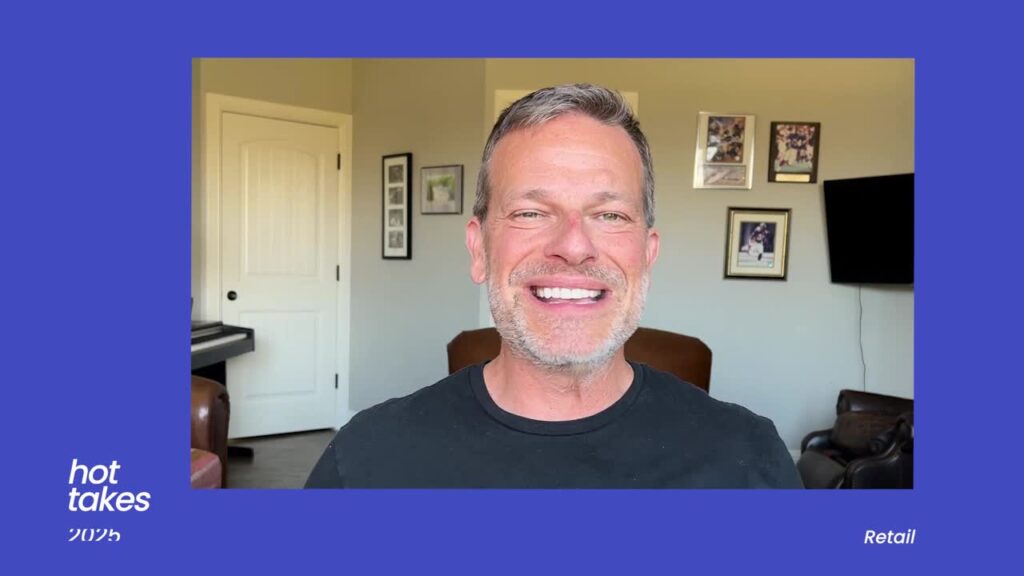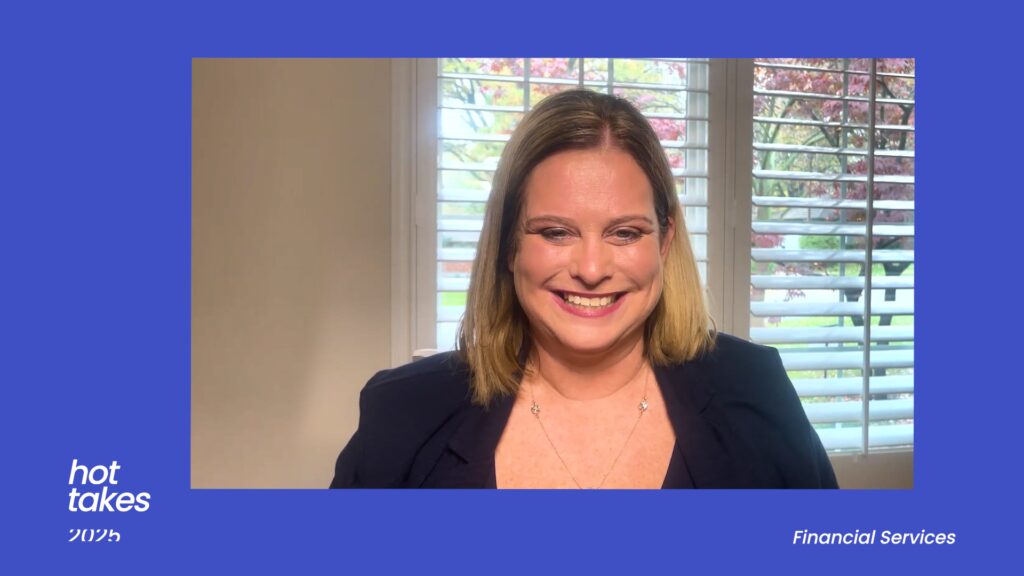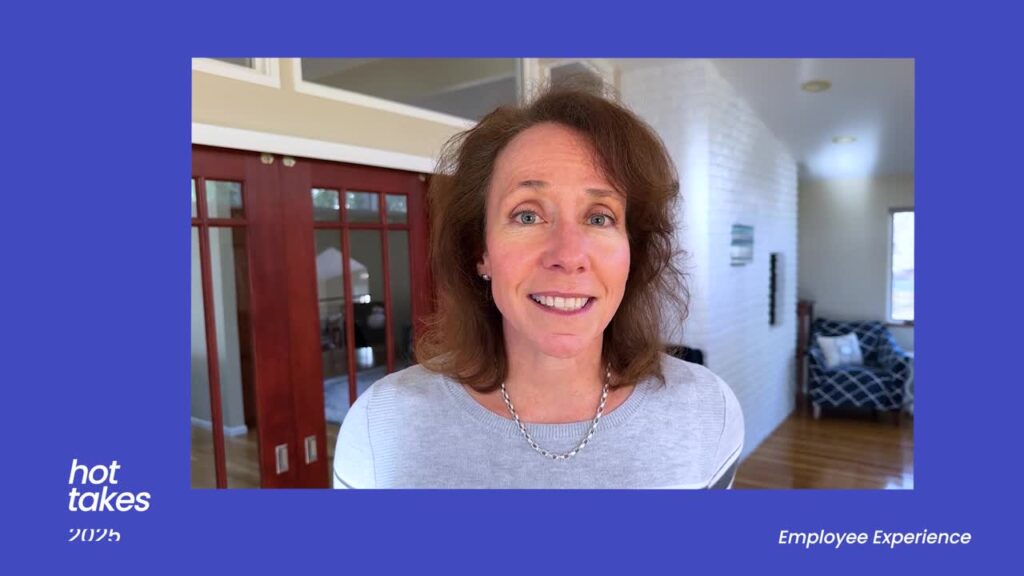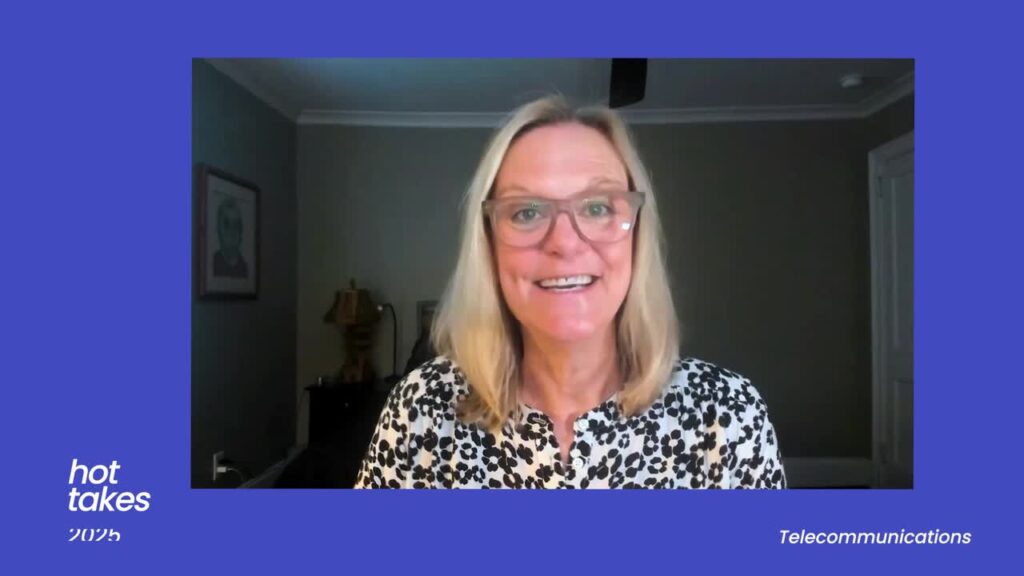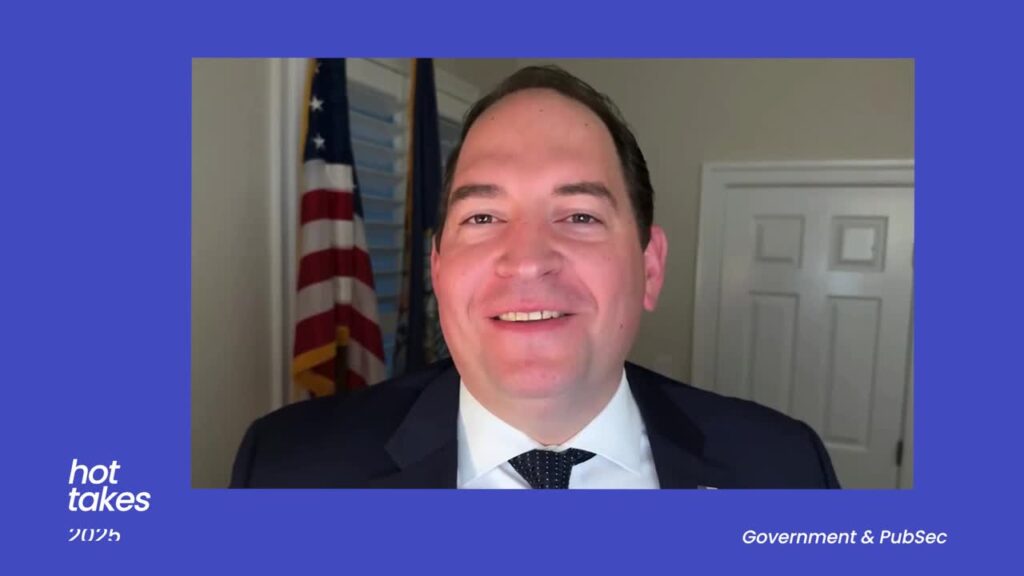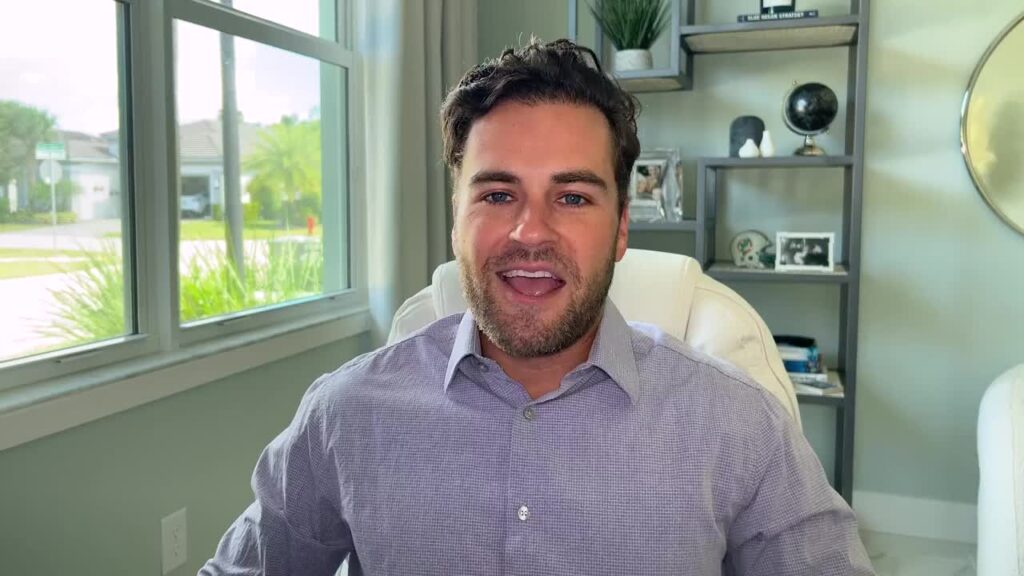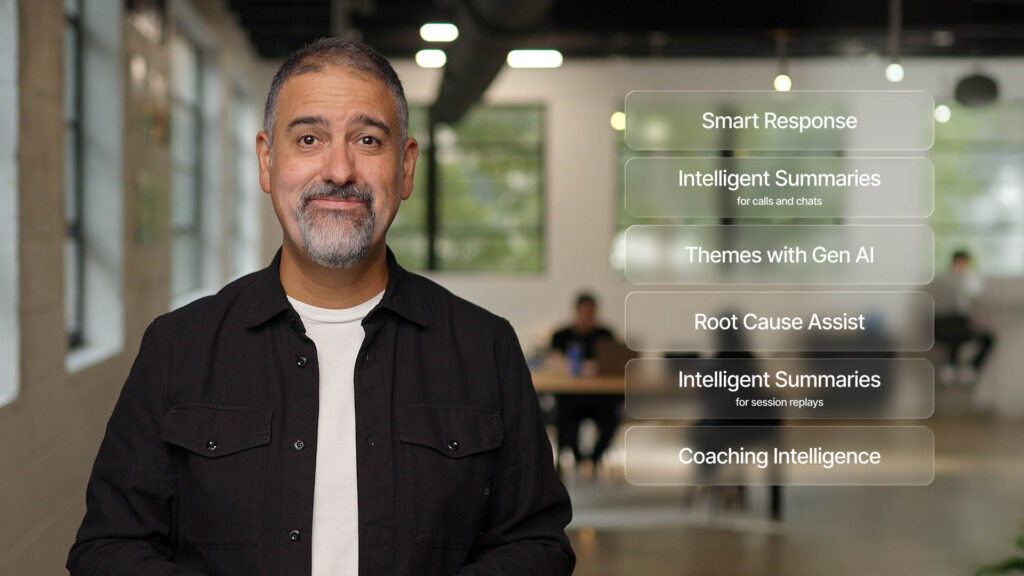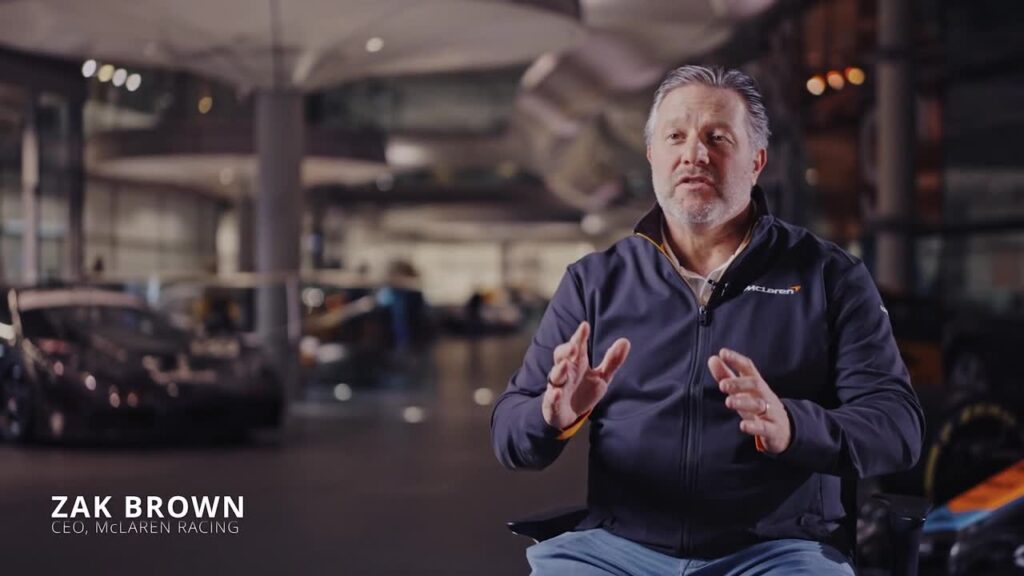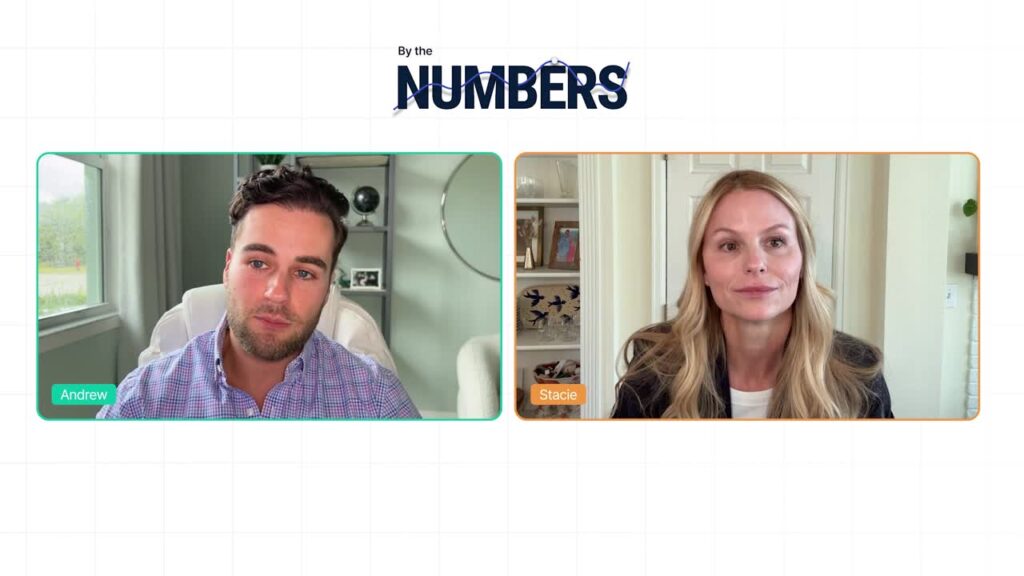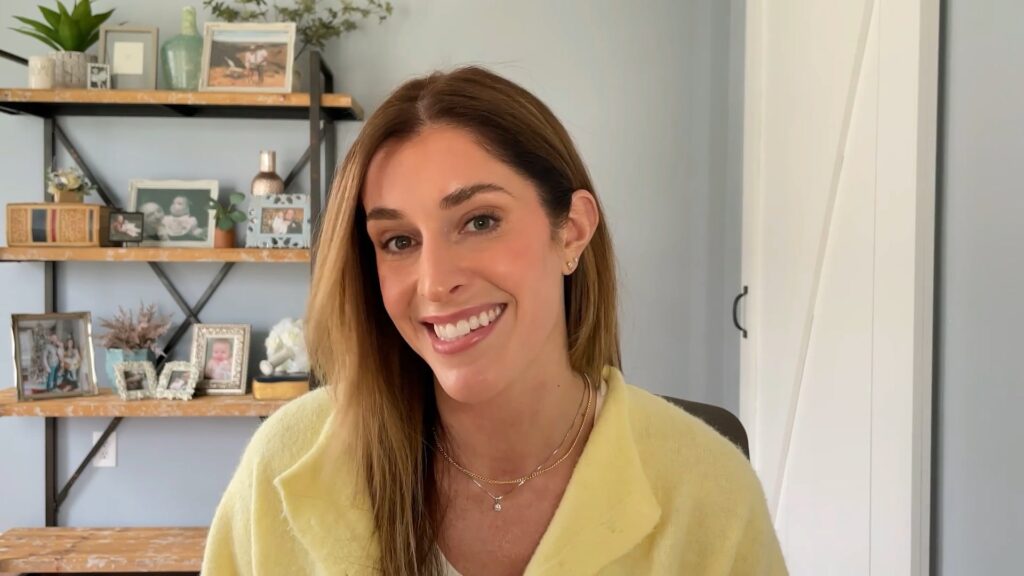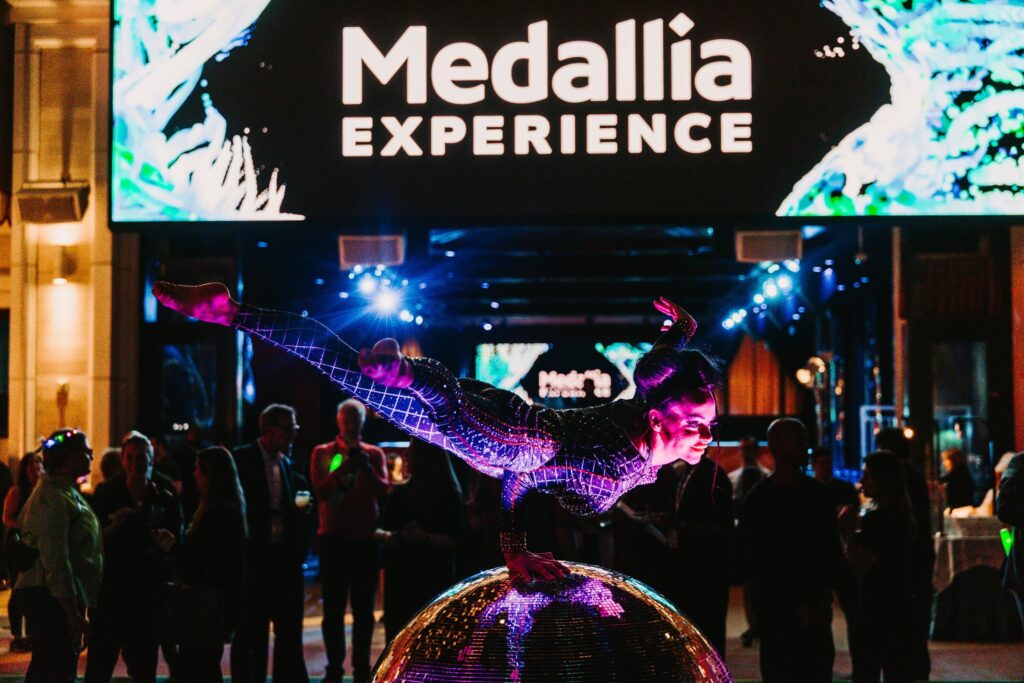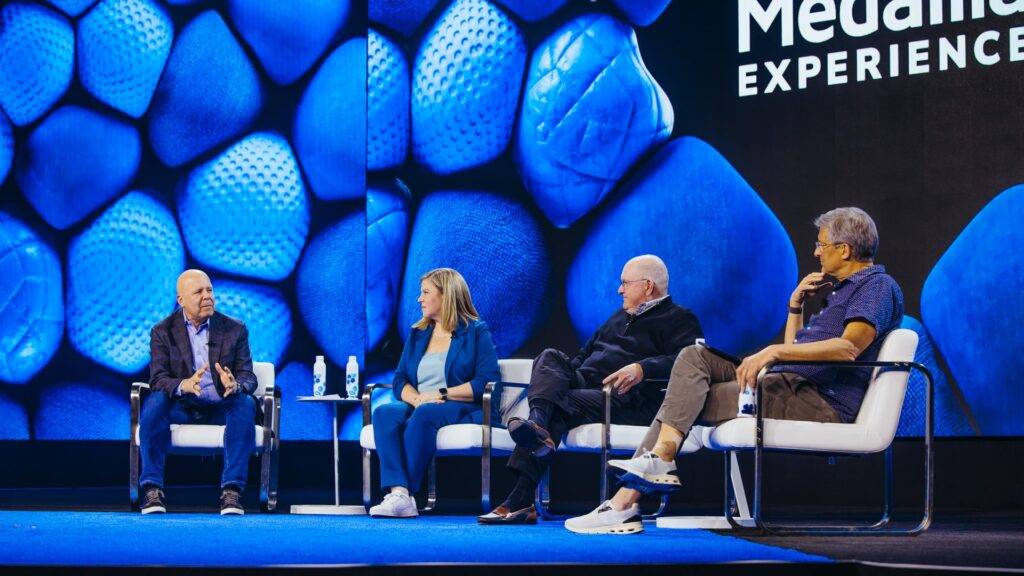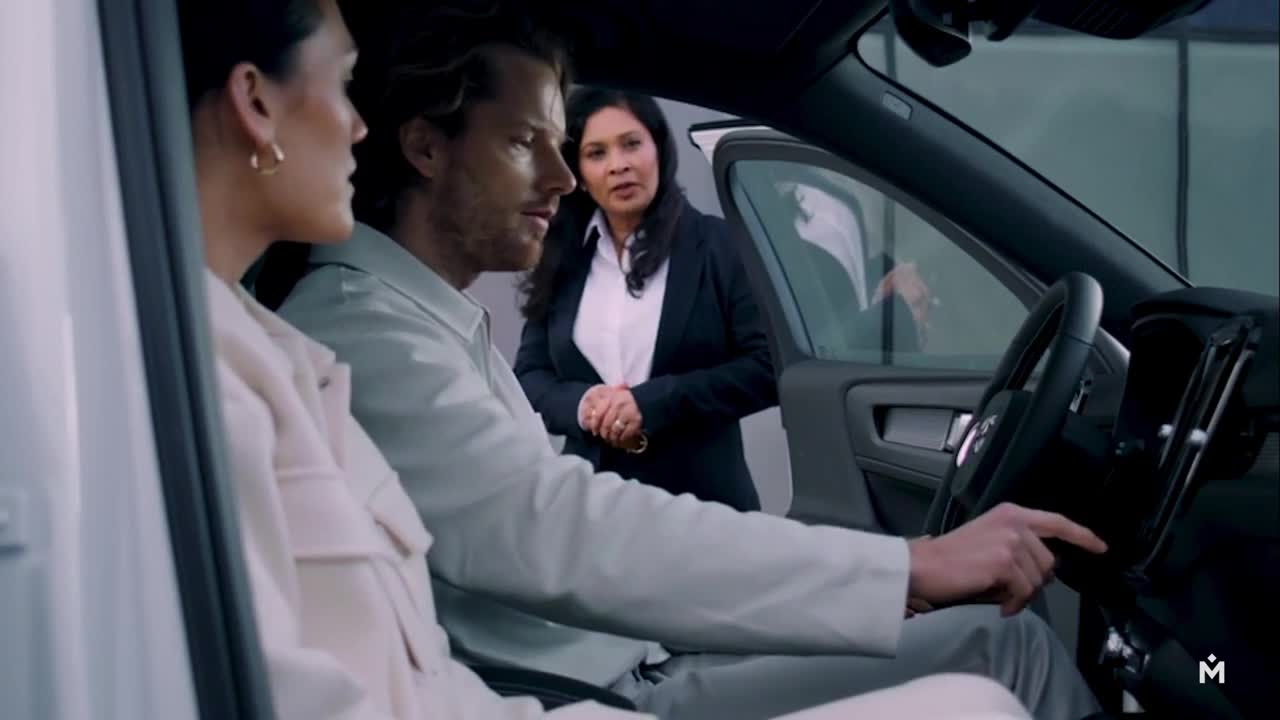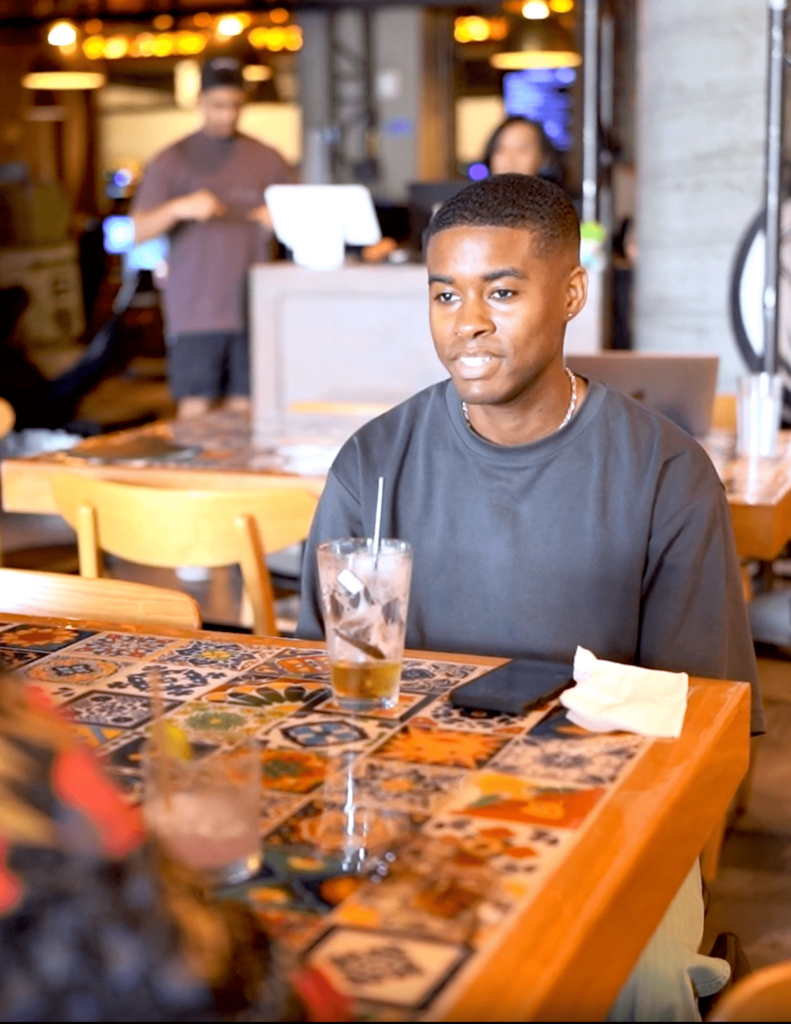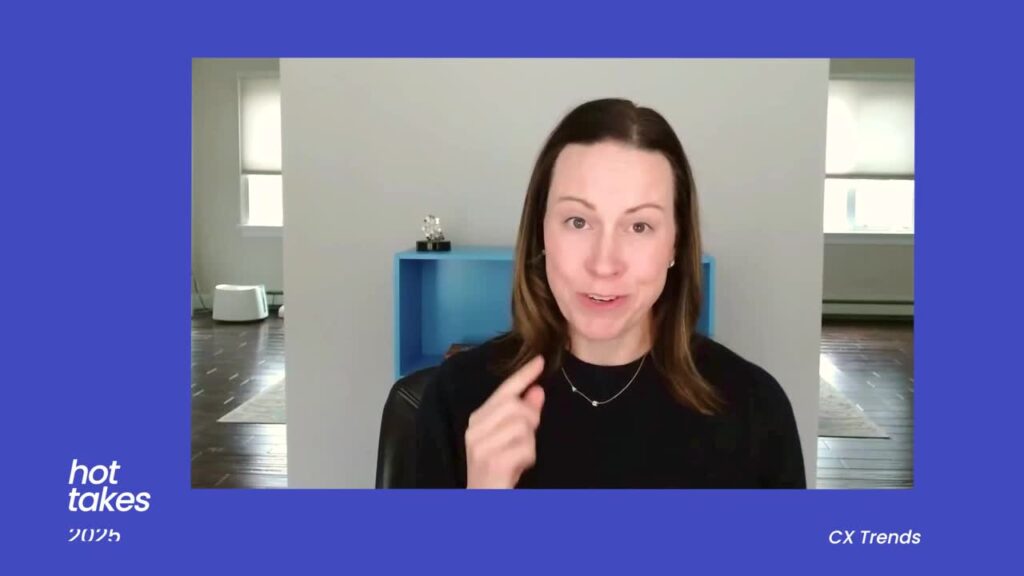Introduction
Hello everyone. My name is Jodi Searl. I’m the Vice President of Industry Solutions for Medallia. I joined Medallia a little over two years ago. I came from an iconic automotive brand known as Harley Davidson Motor Company, where I led global customer experience, and I’m delighted today to be joined by Ana from Kate Spade, who is joining us today to talk about how luxury behaviors and luxury, just in general as an industry, impacts the automotive industry.
Ana’s Background
Thank you Jodi. Very excited also to be here. So, my name is Ana Osuna, and my experience comes mostly within retail, both luxury and fashion industries. I started most of my retail career within Louis Vuitton for 14 years, then a little bit of wholesale experience with El Palacio de Hierro, and then moved to Coach, and then most recently with Kate Spade, which both belong to the same Tapestry group. I’m very excited to be here to speak. Most of my experience is all around customer experience. I’m very passionate about this topic, so very excited to be here today.
Grounding in Luxury Principles
Right, thank you so much Ana. And I think if we set the stage here about what we would like to make sure that we’re covering is grounding us in the principle and the concept that luxury travels in tandem. Luxury brands provide exceptional experiences. I think it goes without saying that luxury brands spend a lot of time understanding what their customers want, not only in products but also in experience. And so as we talk through your experience with retail and then moving into how we would apply that into automotive. It really is talking mostly about that experience, and how it transcends different verticals, and how it really is experience-agnostic. It doesn’t matter if a consumer is purchasing a vehicle or a bespoke handbag that is really important to them and to their identity. That luxury idea lends itself to this concept of people understanding that they will get a certain experience when they’re working with certain brands. And so luxury and premium retailers have built their brands on that and that loyalty on following this hyper focus on exceptional experiences: whether it’s digital, physical, post-sale.
Ana’s Insights on Customer Expectations
So, in your experience Ana working with brands like Kate Spade and Louis Vuitton, how have you been able to accomplish this and continuously set the bar higher from an experience standpoint? -Thank you. That’s a great question and I think that usually the way that most of our customer experience meetings always begin with is just asking ourselves about what are the customer expectations. I think when you have a title such as customer experience, you have to truly keep the customer at the heart of what we do. And I would say the first thing to look at that is to making sure that you understand what are the customer’s expectations and how you pair that with what are your brand priorities and what are you trying to convey as a brand. And then how you balance the two. In order to — being able to accomplish this, you have to embrace that same customer expectations or feedback that you’re getting and finding how you want to address to those usually as brands and the specific brands to your point, luxury brands, fashion brands, in which we’re very clear about what we’re trying to do, what is our statement, what we want to put out there. One of the common mistakes that we can do is talk to ourselves, meaning, it’s all based on our own experiences. So when we are opening ourselves to gathering the customer feedback and how that experience is for them through their own eyes, that changes the game. So I would say it’s a little bit of the mix between what we call in Tapestry, “the logic and the magic.” And basically is taking the logic of what we are trying to do, what are the business priorities, who we are as a brand, with the magic that the feedback can bring from our customers as to what are their expectations? How are they seeing the experience? And what are the pain points that perhaps we failed to see along the way? Thinking about just achieving a particular objective. So I would say that balance between what we’re trying to accomplish and the balance between making sure we’re embracing what that experience really looks like from the customer perspective and owning it from that perspective.
Building Emotional Connections in the Automotive Industry
I love that. I love how you talk about starting with the data and then pulling the insights from that data, operationalizing it out. And I love that you talk about the importance of not only listening to what customers are saying, but really identifying those pain points, which I would say also leads to emotion behind the feedback and the selection of words. It’s particularly important in the automotive industry, even as it is often an emotional experience. You know, you’re taking out a vehicle that meets the needs of your lifestyle, or your identity, or your family, or for reliability. Whatever the reason is, it often ties into how someone defines themselves and is a very costly commitment. So what tips would you share for connecting and engaging with customers emotionally to help build that brand loyalty? Again, a terrific question and specific, I think when we see the context, or where we are today, and perhaps in the past when customers had limited options into not only buying a car, or maybe even buying luxury, in which maybe only a few players within the overall market were able to say “this is it and this is all that you need.” Now that we know that our customers have a choice. And also as we know that any buying decision, it doesn’t really matter what you’re buying. It could be your morning coffee, it could be the car, it could be a house. At the end, is going to land on a very emotional decision.
Emotion in Brand Communication
On top of that, if your brand statement is about the emotion that you wanna convey to your customers, it does bring an extra focus on what that emotion plays within your interaction. In the case of Kate Spade, for instance, we have made our company ethos, the fact that joy colors life. And we strongly believe that everything that we do needs to bring joy. So if that’s the case then we have to make sure that we’re taking that emotional component into the whole mix of not only how we create products, but also how we sell them, how do we interact, how do we do every single touch point in which we’re creating that joy.
Understanding Customer Emotions
And we also need to understand how those emotions are playing out from a customer perspective. Every single word, every single emoji, every single way in which we communicate, your body language, all convey different emotions as to how we feel about certain situations. What we have done in specific with Kate Spade is making sure that we’re not only conveying those emotions through all the communication that we create that is customer facing, but then we’re also training our teams internally to make sure that they can pinpoint as to what are those emotions that are coming through via the feedback, or the reactions, or the moments when a customer has made their decision. Is that comment a reflection of excitement, or is that comment a reflection of disappointment, or maybe is that a comment and reflection of, you know, something that may have happened even before the interaction with the customer? So regardless of what it is, we want to make sure that we are acknowledging whatever is the emotional state that is happening with our clients. And then we wanna be able to create some joy with that. So we would either join them in the celebration if they’re, you know, happily celebrating the fact that they just purchased their first bag and they’re so excited about us being able to make it happen in a joyful way, or whether it is just moving them perhaps from a… if they are feeling low within a five and we want to move them at least to a seven just so that they feel better, that if they were not having such a great day, but they stop with us along the way at least we, know that we let them feel a little bit better than when they started the interaction with us. So, definitely not only us understanding what we’re trying to move or what emotions we’re trying to evoke as a brand, but also what emotions our customers are using when they’re choosing to communicate with us.
Employee Empowerment through Data
I like something you said in there so much. You mentioned how you get the data to your employees and empower your employees to deliver on those moments that matter along the way. Can you talk for just a minute about how you use this kind of data to impact how your employees feel about delivering that joy? – Yeah, absolutely. So we often look at not only what are the key words that our customers are using, whether it’s words that are related at the level of the brand, or maybe those words are related to the level of the product, or maybe those words are related to the level of the interaction. So whichever that is, we want to make sure that we’re identifying “what does that mean from a customer perspective?” So it’s beyond just the, let’s say rating or data that we can get from our customers. Whether it’s the amount of the transaction. But what are the specific words that they’re choosing to share with us? So if we hear that our customers (and this is something that we empower our associates quite a lot) if a customer is using a word, to describe, or a stylist as, let’s say “friendly.” We want understand what friendly means for that customer. Does friendly mean that you’re just a happy person within the shop floor or does friendly mean that you’re approachable, warm or, acknowledgeable as well. So what does a friend do for you? So we take a lot of in depth analysis that we constantly share with our teams beyond the feedback that they get through their fingertips through Medallia. But we also take a more in depth analysis on the insights to be able to dissect what that means for the customer.
Shifting Trends in the Automotive Industry
I think that it’s so great because it lends me to the next thing that I’d like to talk about, which is something that you’ve not said, which I think is really important is: you’ve not said anything about scores or numbers. What you’ve talked about is sentiment, and emotion, and your associate behavior. And so as the last couple of years have unfolded for us, and keeping that in mind as we’re touching on how things have changed in a shopping or a purchasing experience, we’ve seen some significant trends in the automotive industry as well. Whether it’s new technology with electric and hybrid vehicles, consumers ordering vehicles directly from an OEM without even going to a dealership, it shows that customers generally are looking for different ways to shop and purchase things, particularly in automotive. Can you talk about how you’ve been able to incorporate getting to that customer on their personal level and really customizing that experience for them along the way? What have you learned that can help automakers anticipate customers’ wants and needs in a real effortless and authentic way like you’re doing at Kate Spade? – Thank you. So one of the words that we quite hear now often and in a specific, I would say it definitely got a lot of attention through the pandemic. And we hear omnichannel, and we hear the opportunity to either be: Do we want to be more physical? Do we want to be more digital? And the way that we understand that to be, and how customers are changing their needs or expectations around what type of product or services they’re using or choosing to explore one way or the other.
Evolving Customer Behaviors
Reality is that, yes there is a lot more digital behaviors that were perhaps fine-tuned due to what we experienced through the pandemic. So our customers are a little bit more digital savvy. Absolutely. Question is, is that still the preference? And what we have seen lately is that customers do appreciate or value every interaction point with the brand, regardless of what that is; whether it is through digital, whether it is face to face, whether it’s through the phone, it doesn’t really matter for them. They’re just talking to the brand. Moreso we have identified also on our analytics that new generations really don’t even see the silos that we usually see in the channel. So for instance, us in fashion, we normally speak about our full price versus outlet. And for new generations for them, they don’t even understand that there might be two different price settings, whether it’s outlet or a full price for them, it’s Kate Spade. Now that we understand that definitely for customers, those channels of way of thinking that we created within the brands are a little bit more blurred. For them, they’re just having an interaction with the brand. That definitely sheds the light on the importance of us understanding what is the type of need that we’re solving, regardless of the type of interaction that the customer is needing to have.
Navigating Omnichannel Expectations
So understanding omnichannel and what are the expectations, whether it’s physical, digital, a combination of both, it’s really understanding what is the value proposition that the customer is looking for in every single one of them. So if it’s through let’s say buying a car through a digital experience. What are the specific needs that are pushing these customers to say, “I’d rather have this digital experience once and done,” versus actually going and experiencing going inside the car. So we have to think about what does that mean? Why would a client need to go through that digital experience instead of having that interaction? So what are the not only, I would say the customer expectations as to what channel they’re choosing, but also what are the specific processes that we ourselves have put in place that are helping or not helping, customers having a certain behavior where they want to purchase. One of the things we have noticed and specific with the data that we’re getting from Kate Spade, is that customers most likely will join, for instance, our outlet stores when they’re thinking about gifting. Right? So maybe you’re trying to make more value out of your money and you wanna give a little bit more love to people with maybe being safe with your wallet. When you’re looking to celebrate yourself most likely you will go to a full price. Now does that relate to what is your capacity or your possible amount of transaction? No. It’s just what decision you’re using to buy in one channel or the other. Again, specifically for new generations, there’s not such thing as a full price or a discounted store. So for us to be aware about those things and making sure that we are able to address what are the needs and the reasons why customers are choosing to purchase one channel through the other, making sure we keep a consistent level of brand proposition regardless of the channel, and then making sure from there we tailor to what the customer is looking for is definitely one of the reasons in which we take omnichannel so seriously into what we’re doing.
Diversity, Equity, and Inclusion in the Automotive Industry
So great. Thank you so much for that. So many of the things that you just said really resonate, I think for automotive: just this idea around different shopping habits for different types of consumers, and how you have to personalize that and meet the consumer where they are, and understand what’s really important to them. And one thing that we realize and that we’re hearing really across industries whether it’s retail, travel, hospitality, manufacturing, automotive, it doesn’t really matter. One thing we’re hearing a lot about that’s important to consumers is around diversity, equity, and inclusion. And I know that Kate Spade prides itself in celebrating and empowering women. In fact, we also know that the general workforce is made up of about 50% of women, but only about 25% in automotive. So, could you talk a little bit about why you think it’s really important that organizations embrace diversity, both internally and in their external practices and why it’s such a huge opportunity here in the automotive industry? Absolutely. And I think as a brand we’re always so loud and proud about what we believe in. So not only joy colors life, but we truly believe that on women’s empowerment and especially that women empowerment through mental health. So not only do we want to make sure that we are celebrating our founder in any way possible, but really the way that we’re paving the way as to what women empowerment means today. I think when you also look at where our consumer is at today, when you understand that especially your new consumers that are coming into more purchasing power. When you look at Gen Zs for instance, they are more likely to purchase out of a brand who has a very clear social impact or sustainability, or very strong values about how do we support the community. So thinking about how do we want to continue to survive as brands in the future, and understanding that this way of somehow giving back is so important for our customers, we have to be able to be at the level of the expectations of our customers.
Addressing Gender Disparities in the Auto Industry
To your point, it’s not a surprise when we see the auto industry falling a little bit behind, of what we see from a woman empowerment perspective. But also understanding how can we best tailor to these customers who have in a way, been silent for a long time because most likely also the information that you have, if you take a look at your analytics, you would have to ask yourself “how much of the information of the analytics we have actually comes from women?” Or “actually comes from the groups that we’re not looking into?” And I think that’s the part when I was talking earlier about not making the mistake of speaking to ourselves: so if we want to tailor, or be more inclusive, or making sure that we balance out both the experience, regardless of the gender. Are we listening to every single gender as to what is their expectations when they’re coming and buy a bag? And something that we even push ourselves with at Kate Spade: we can either make easily the same mistake all the way around if we only assume that all of our customers are women. So we have to be making sure that even the way that we speak internally with our teams, we’re not just assuming that we’re creating products for her. We have to make sure that we’re creating products for them. So that’s something that I would strongly suggest for this industry to take a look and say, “how much can we adapt and listen to what women today need/want?” Making sure, and again, I don’t know the data to my heart, but probably the people in the room will know how many women actually are the end user of a car. And then do we have enough feedback to understand if they were to come straight to buy a car, what would be the expectation that they have and how do we best tailor to that?
The Unique Essence of Kate Spade
We’ve seen some market research numbers that say up to 60% of car buying decisions are really driven by women, so it’s a powerful voice. I really appreciate that perspective. Let’s just switch gears a little bit. Can you tell us in your own words (because I think it is), but why you think Kate Spade is such a special brand? – It is. So, I feel so privileged, first of all, to be able to work with a brand that as I mentioned, cares so much about women empowerment. Even within the fashion industry, that you may think or the luxury industry, that you may think, “Oh, for sure there’s a lot of feminine energy around,” which in a way is true. However, when you think about the proposition that we put out there, or when you think internally from the workforce: once you get into higher levels, most likely you will still find a lot of masculine presence, and very few opportunities for women. One of the first things that, for me, was an eye opener when I started my whole interview process with Kate Spade is that every single person — a VP up all the way up to the CEO, and today, our Tapestry CEO, which is the CEO of the group of Coach, Kate Spade, and Stuart Weitzman, being all empowered and strong women definitely inspired me to be able to contribute to what that means, not only as a woman, but also being Latin, just coming into the US a decade ago, and then just finding a brand who strongly believes in making a change and going beyond the product.
Customer Experience Initiatives at Kate Spade
Really great. Thank you for sharing that. Are there anything else or any other things you’d like to share with us around customer experience initiatives that you’re particularly proud of that Kate Spade or the Tapestry brands have done? – Absolutely. I mean, we have just, I would say embraced all the customer feedback that we’re getting and, I mean, happy to share that our customers are so eager to share their feedback and what can we do better for them. So we have definitely taken specific actions that we’re very proud of. One of those is really thinking about that omni experience. One of the feedbacks we were getting and we are continuously trying to adapt and improve, is about the digital experience. Our customers, they definitely want to go beyond the transaction that they can do within the site. They want to know more. They want understand more about the product, how does it fit, what does it — goes inside? So again, it blurs the lines as to what experience you will have in the store, and now they’re also having that expectation that they want it online too. So, basically what we’re doing now: we worked on a couple of things to make sure that we’re not only improving the images of the product, so customers not only see the product by itself, but they see different things that can fit in there. So we take what we normally would somebody will carry in their bag. We also have different sizes, different people showing the product so you can understand how it looks to different bodies, different sizes. We’re also adding small videos from our stylists at the store is speaking to these customers online, letting them know how that works, what is the experience. So again, blurring those lines have been quite incredible. And for the few small items that we have been able to improve within the online experience, we have seen a higher conversion, which we’re very happy to know that we’re making the changes into the right place. On top of that, and I would say one of the things that we’re also very proud about is, a way to also measure all the changes that we’re doing within our store teams and how we’re educating them to be more emotionally intelligent. Again, if we are so strong about the type of emotions that we want to convey when a customer has an interaction with us, we want to make sure that they’re able to see what that means to be able to convey those moments. So we’re actually going right now to a full update on what that store interaction means and looks like for our customers, making sure that the emotion and “joy colors life” is at the heart of what we do.
My pleasure. Thank you for having me.
